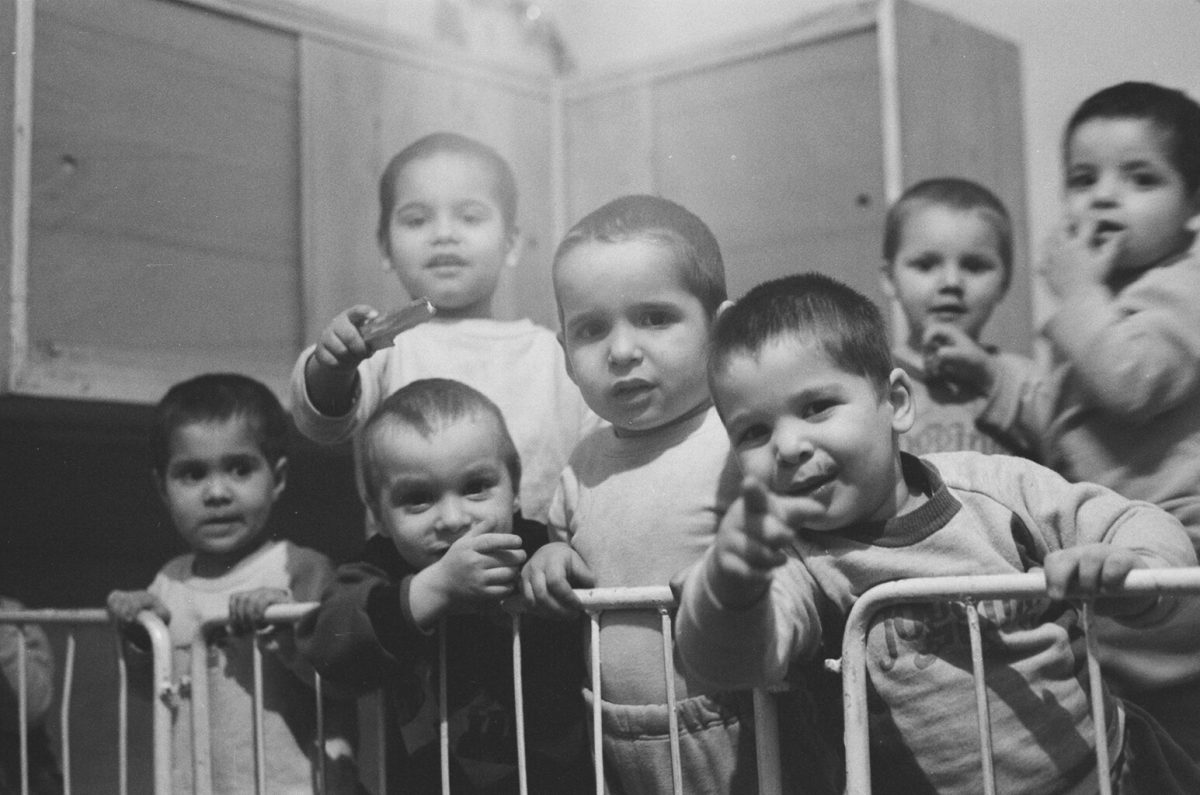
To commemorate the 30th anniversary of the fall of Nicolae Ceaușescu (26 January 1918 – 25 December 1989 )and the shocking discovery of the horror of Romanian orphanages, I have decided to publish a photo-book. Ceausescu’s Orphans, 30 Years Later is a selection of portraits taken between 1993 and 2019 of orphans who grew up in a ‘casa de copii’ (children’s homes) in northeast Romania.
They were born in the early 1980s under the Romanian dictator’s ultra-natalist regime. They all grew up in the same orphanage in Popricani, a village near Iasi in northeast Romania. Through their portraits, I am aiming to find out what happened to the children who were abandoned in Ceausescu’s dreadful institutions the Western world only discovered in early 1990.
I met Popricani’s children in 1993. With friends we had set up a charity to provide humanitarian aids to a few casa de copii in north-east Romania. We decided very early to focus on the orphanage of Popricani. There we were lucky to meet Dan Palimaru, a French-speaking social worker with whom we built a strong and long-lasting work relationship. 1993 was also
the year I started taking pictures of the kids and I haven’t stopped since. During this ongoing project I have lost track of some of them. A few got married and founded families. Others moved abroad in search of a better life, stayed or came back. Several disappeared.
This photo essay is not only a way to retrace the footsteps of these orphans but is also a reminder of a vicious system which forced parents to abandon their children.

Adriana Lica at the orphanage of Popricani when she was 9 in 1994

Adriana et ses trois enfants en 2014 dans leur petit appartement en sous-sol. Adriana est sans emploi et survit grâce aux allocations.
Adriana and her three children in their basement flat in 2014. Adriana is unemployed and lives on benefits.
One of Ceausescu’s ideas was Decree no. 770 (1966- 1989). To boost Romania’s birthrate, abortion was outlawed for women with less than four children. The average income was $1,00 a year. An estimated 10,000 women died undergoing illegal abortions. Around 2 million children were born to women who could not care for them. Many of the children of “Generation Decree” ended up in orphanages.
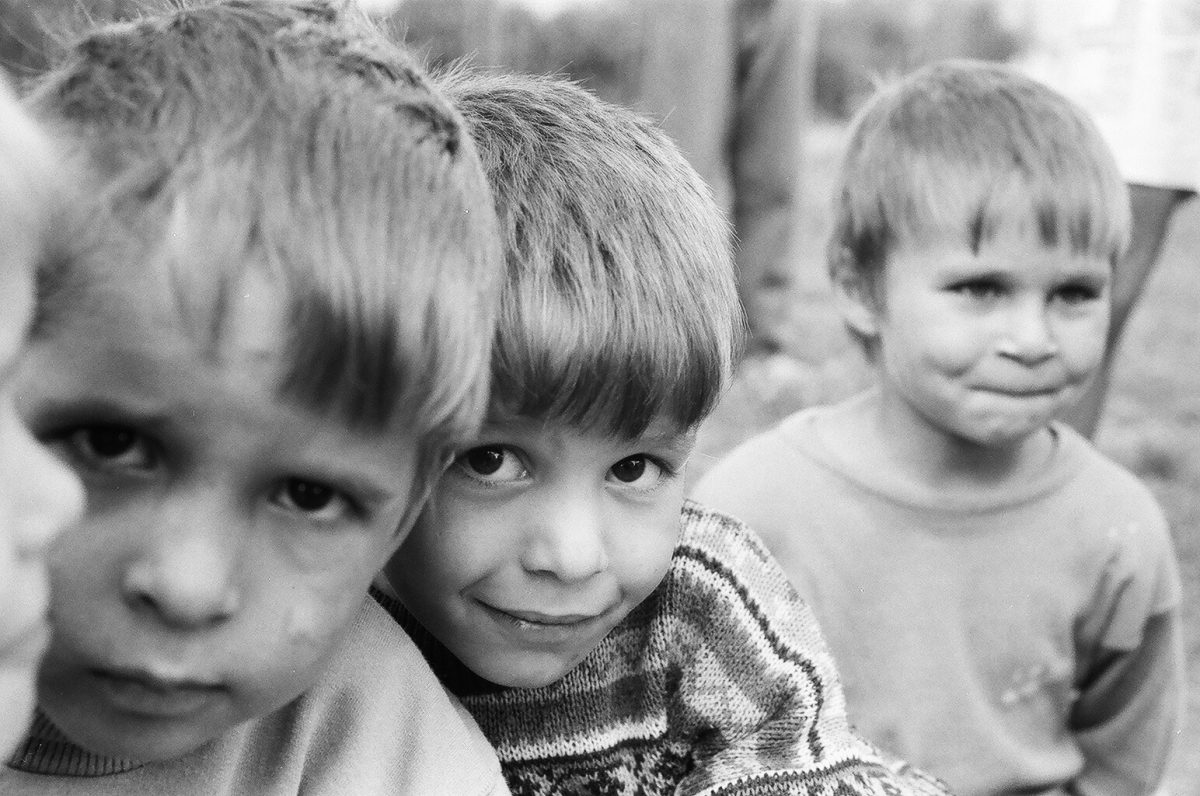
Dodo (au centre) – Dodo (in the middle)
Popricani, 1995

Au bar du village de Popricani. Dodo travaille comme ouvrier dans le bâtiment.
At Popricani’s bar. Dodo works as a builder.
Popricani, 2011

Gabriella – Casa de copii, Popricani, 1993
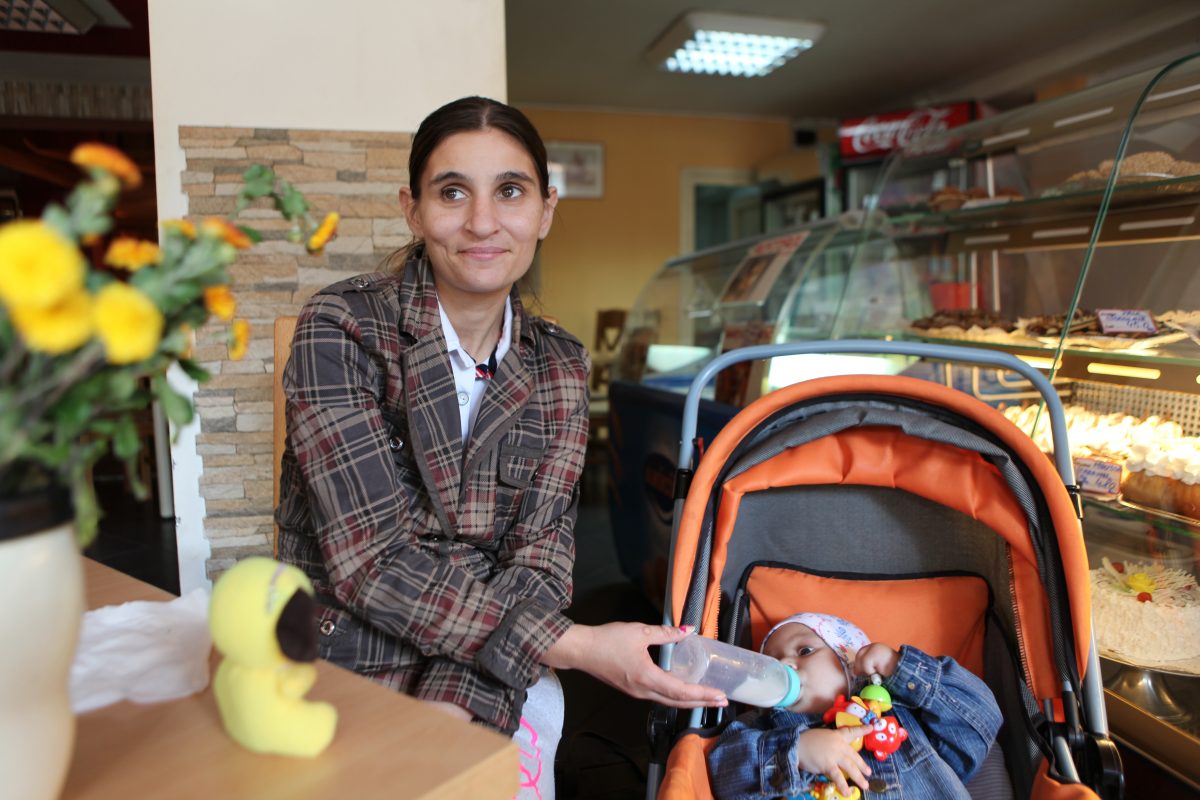
Dans un café de Iasi avec son bébé. Gabriela est sans emploi.
In a café in Iasi with her baby. Gabriela is unemployed.
Iasi, 2014
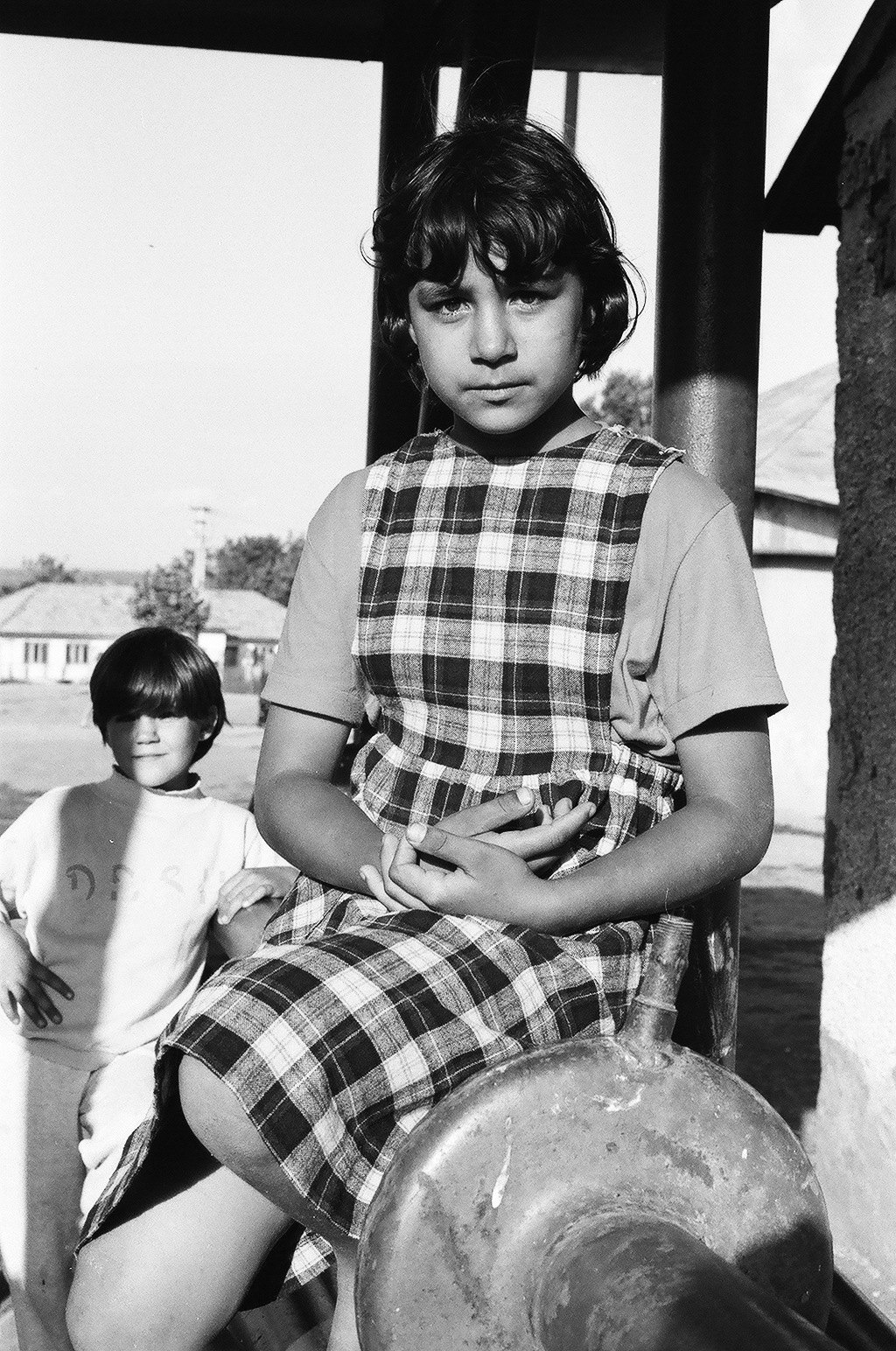
Ramona Cutitaru, Casa de copii, Popricani, 1995

Avec son fils et son conjoint devant leur immeuble. Ramona fait des ménages.
With her son and her partner in front of the block of flats where they live. Ramona is a cleaner.
Iasi, 2008
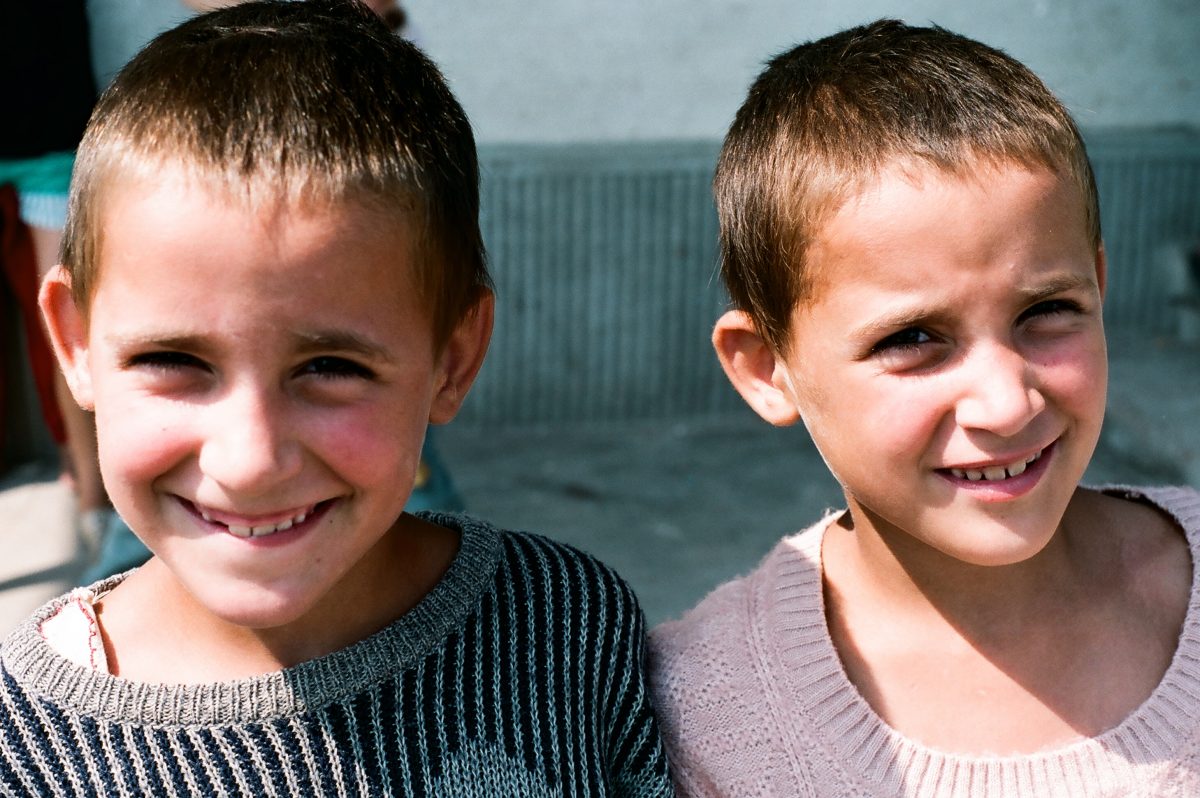
The twin sisters B & A at Popricani’s orphanage in 1993 when they were 8.
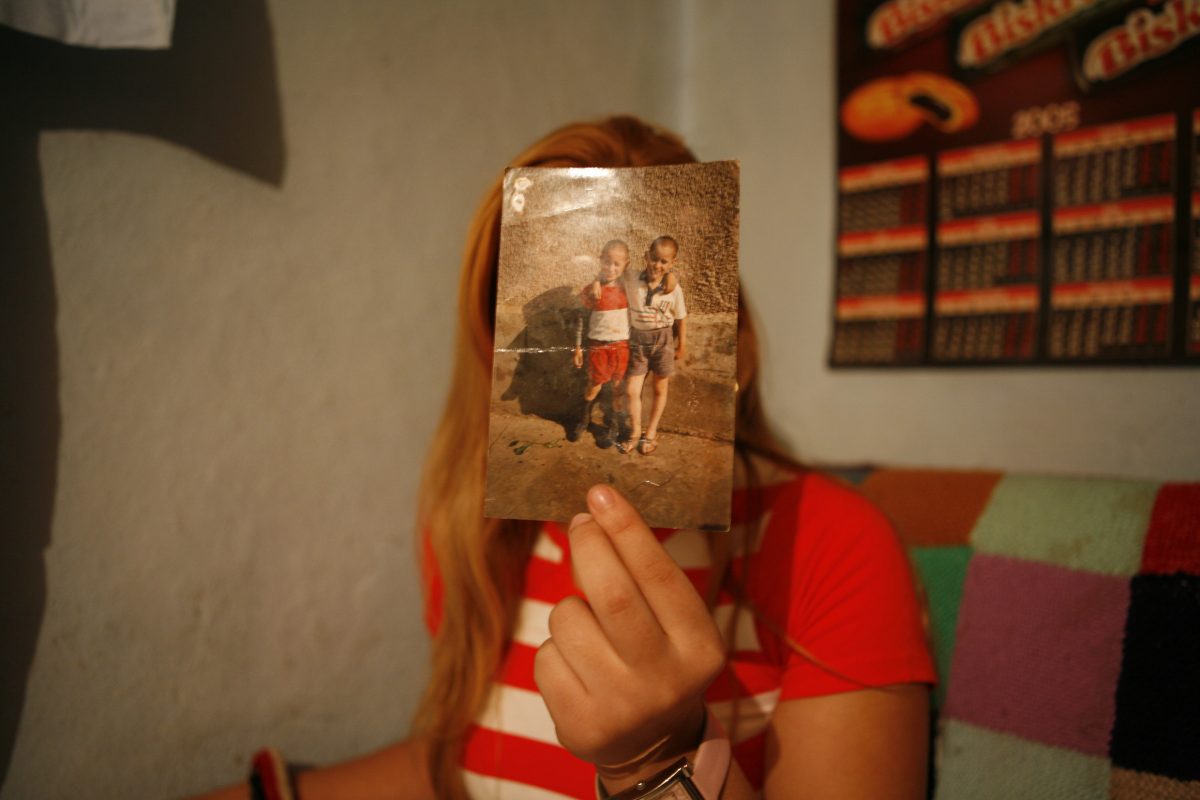
B montre une photo d’elle et de sa soeur jumelle. Elle préfère rester anonyme car elle a été victime de trafic sexuel en Italie.
B shows a picture of her and her twin sister. She prefers to remain anonymous because she was a victim of sex trafficking in Italy.
Popricani, 2008
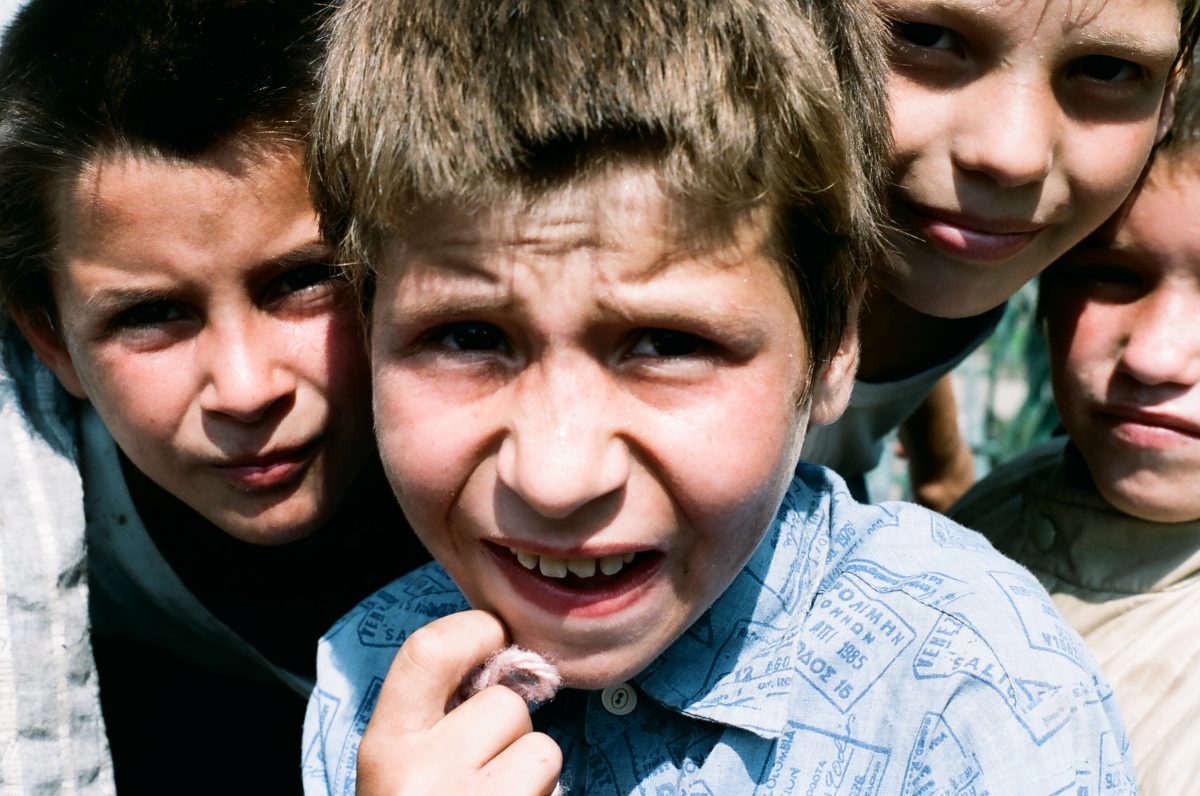
Catalin Cogalniceanu, Casa de copii Popricani, 1993

Dans un bar de Iasi. Catalin est ouvrier dans le bâtiment.
In a bar in Iasi. Catalin is a builder.
Iasi, 2009
This orphanage, Casa de Copii, was one of the most horrible in the area. NGOs didn’t really go there because it was far away, close to Ukraine, in Popricani. It was very bleak. The kids were like animals. Some of the workers were sadistic, and most spent the day drinking coffee and smoking, and the evenings drinking vodka. Some of the kids were tied to their beds, some sat rocking back and forth. The children all say that the day the foreigners visited was the most exciting of their lives, because nothing ever happened.
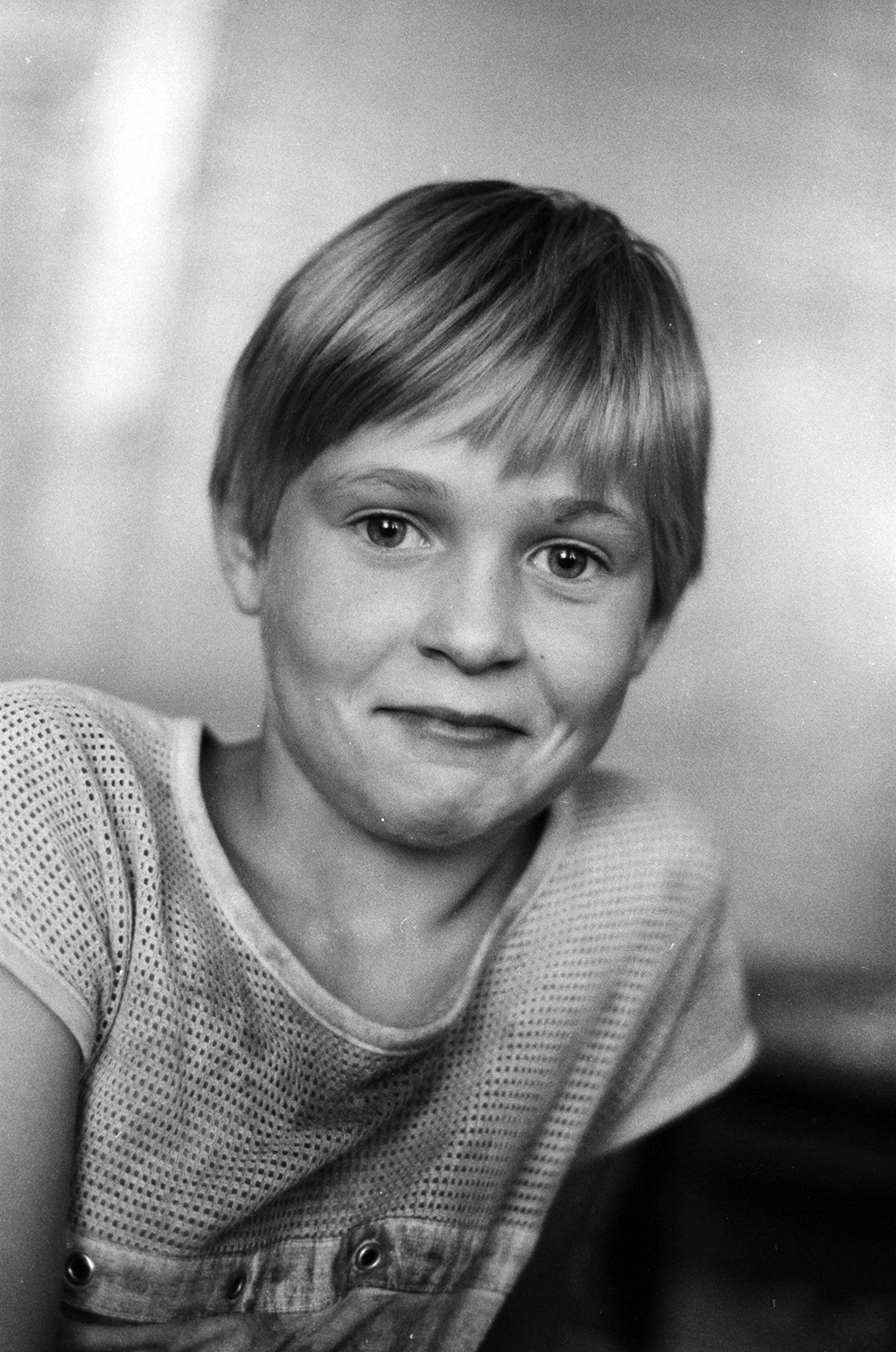
Corina Darabana, Casa de copii, Popricani, 1993

Dans sa maison, avec ses enfants et son mari. Corina est mère au foyer.
In her house with her children and her husband. Corina is a housewife.
Iasi, 2011
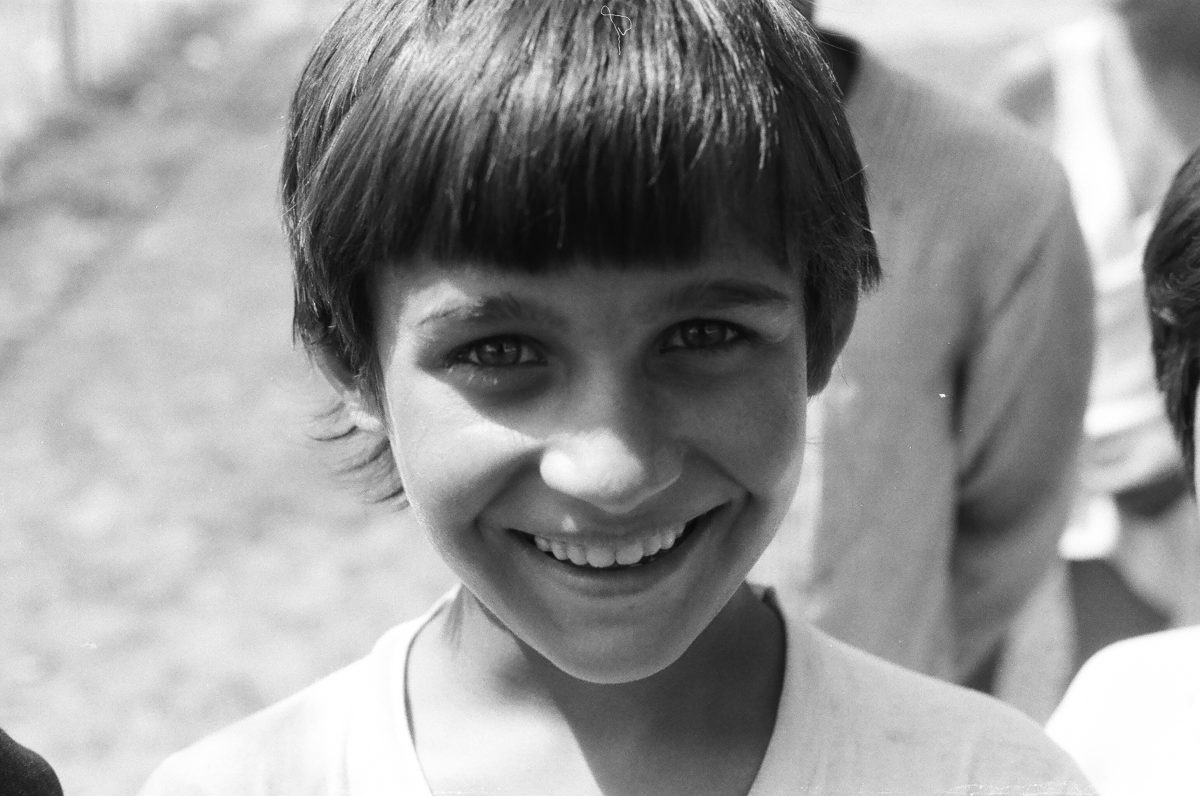
Geta Stanescu, Casa de copii, Popricani, 1995

Dans sa chambre de nonne.
In her nun’s bedroom.
Bucarest, 2011
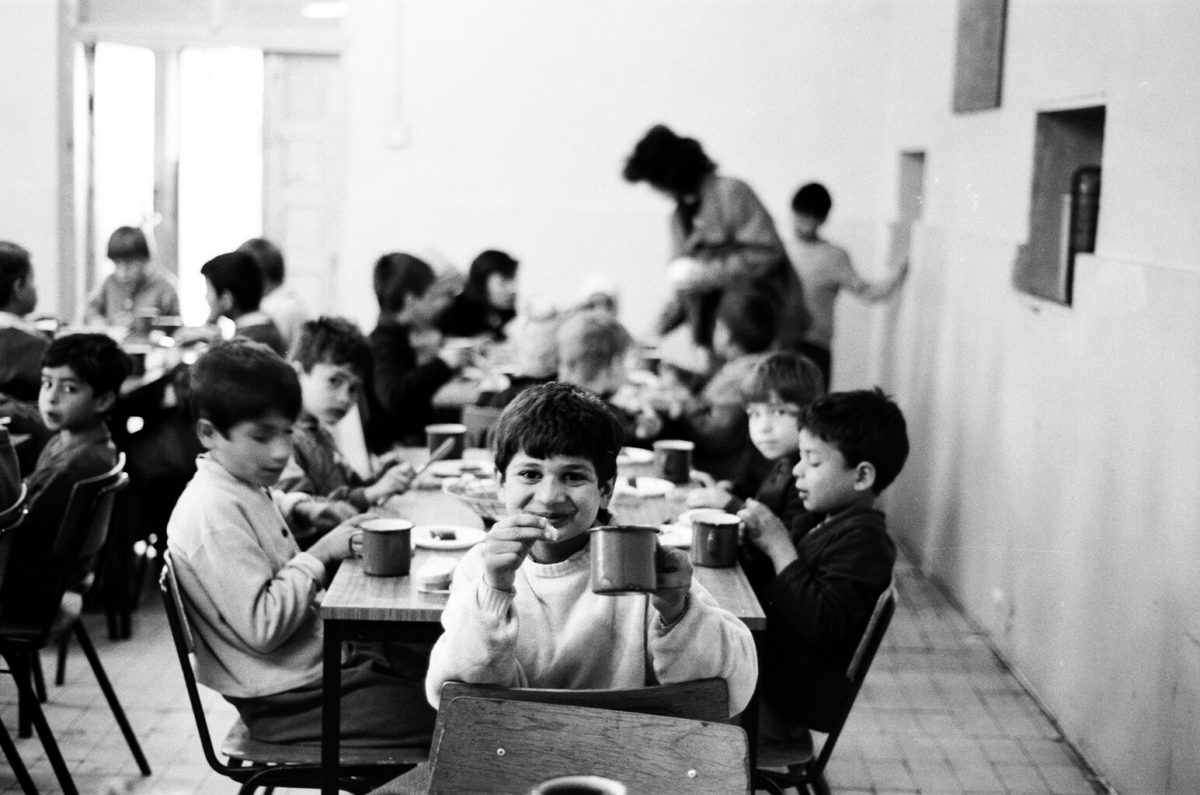
Ionut Iordache, Casa de copii, Popricani, 1994
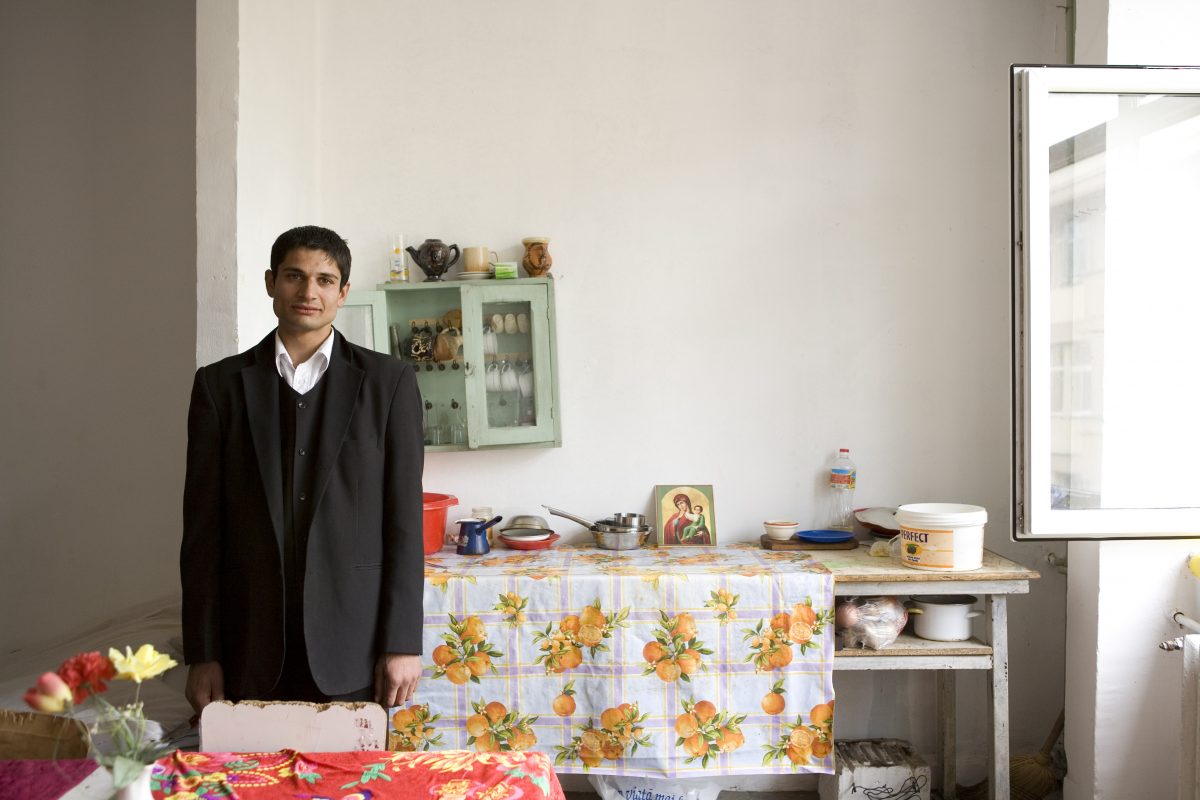
Dans la chambre où il vit à Iasi. Ionut travaille dans une station-service.
In the room where he lives in Iasi. Ionut works in a petrol station.
Iasi, 2009
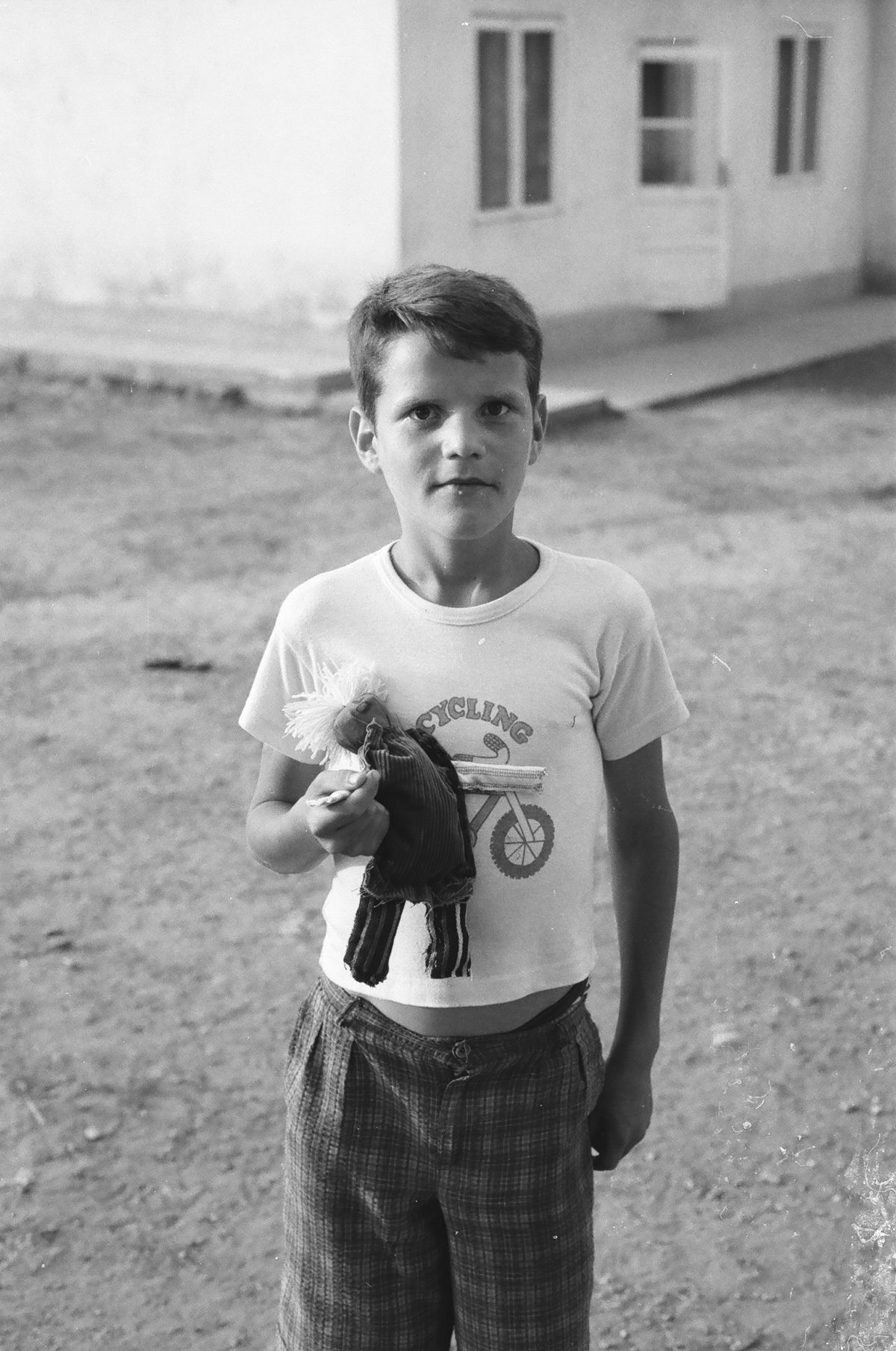
Marius Florescu, Casa de copii, Popricani, 1993

Casa de copii, Popricani, 1993

Dans le quartier où il vit à Iasi. Marius est devenu photographe.
In the area where he lives in Iasi. Marius is a photographer.
Iasi, 2019
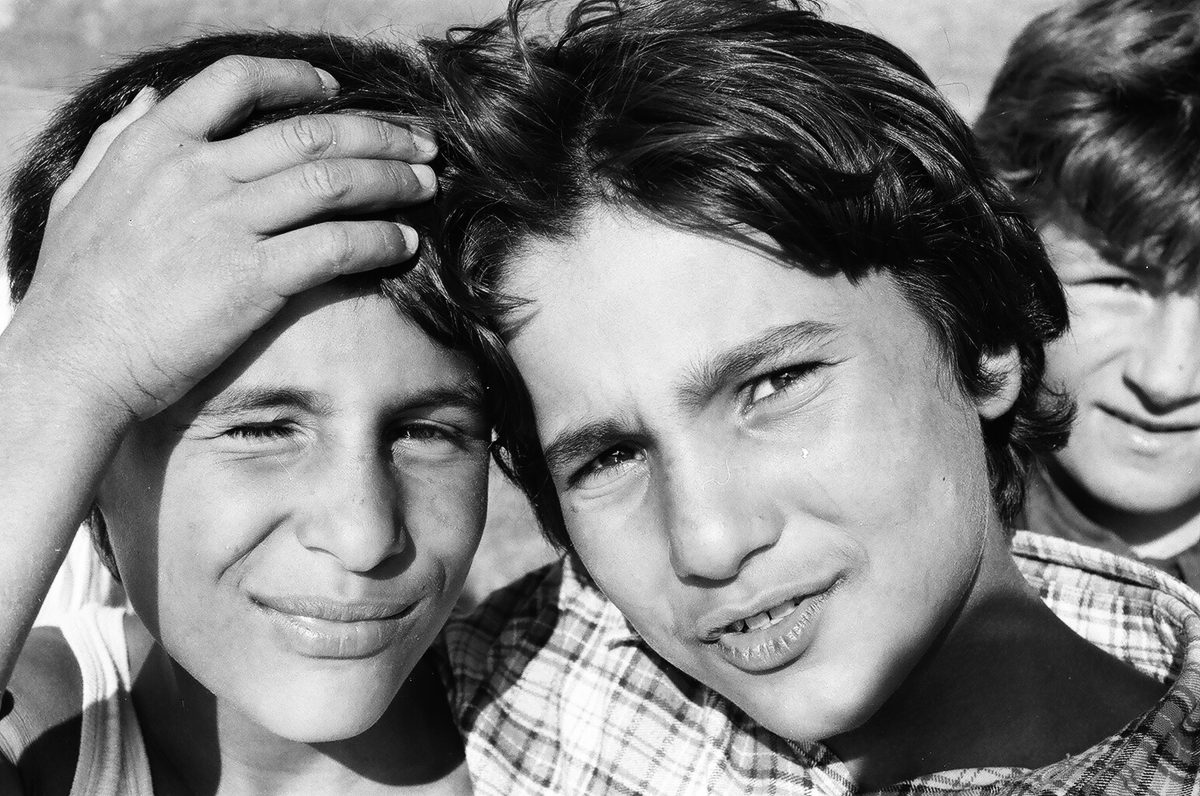
Ramona Stanica (à droite / right)
avec son frère Remus.
with her brother Remus.
Casa de copii, Popricani, 1995
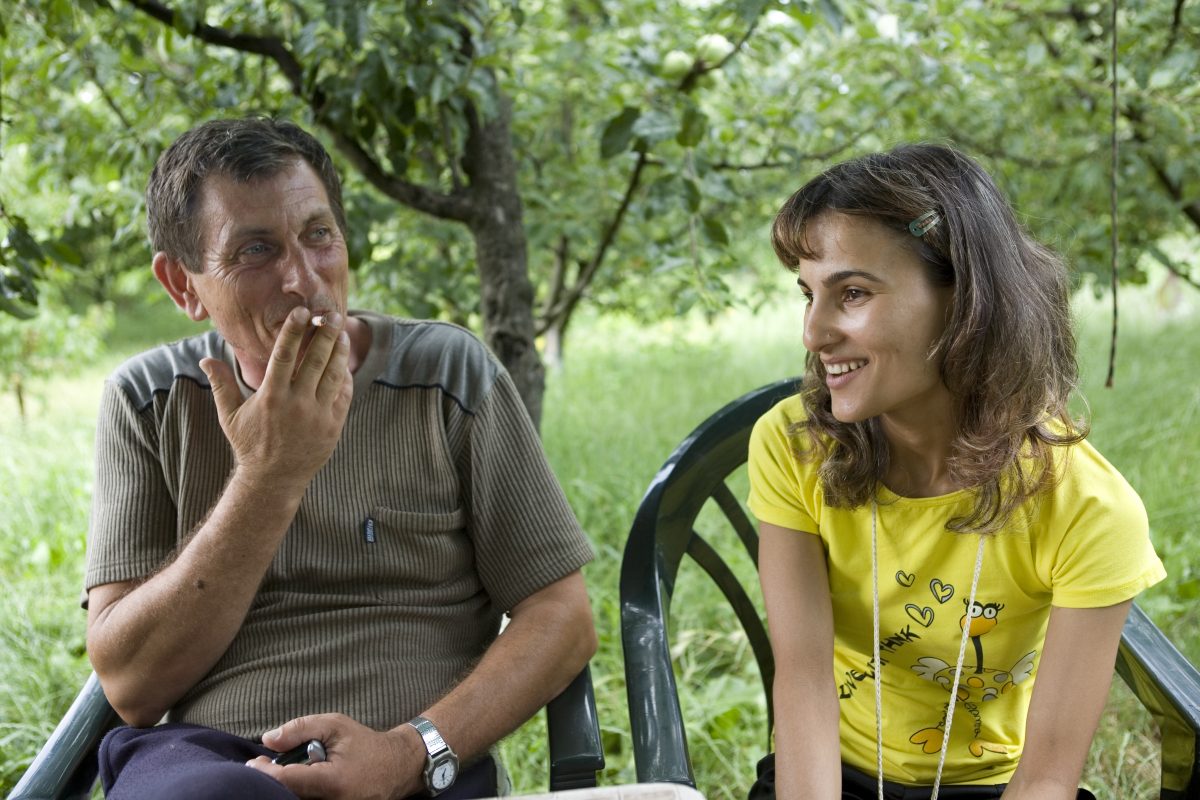
Avec son ancien éducateur, Dan Palimaru. Ramona est devenue boulangère.
With Dan Palimaru who looked after her at the orphanage. Ramona has become a baker.
Popricani, 2009
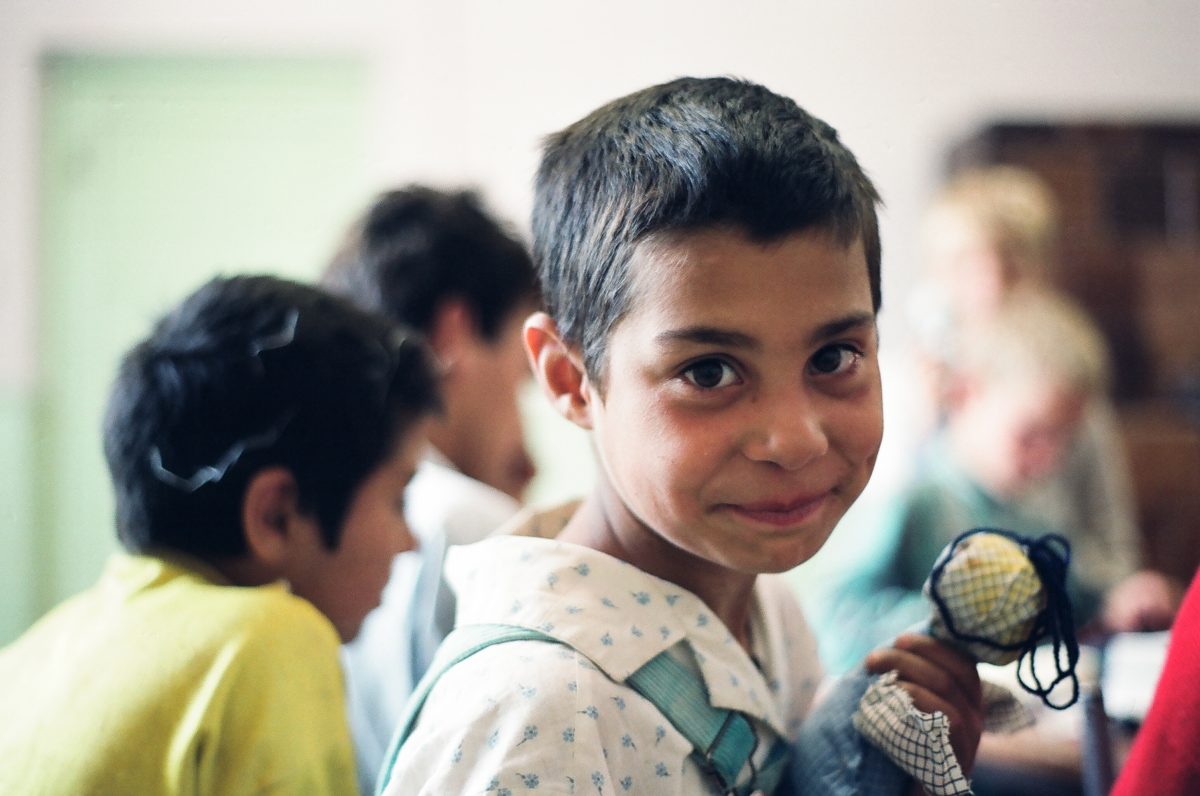
Carmen Bobocel
Casa de copii, Popricani, 1993
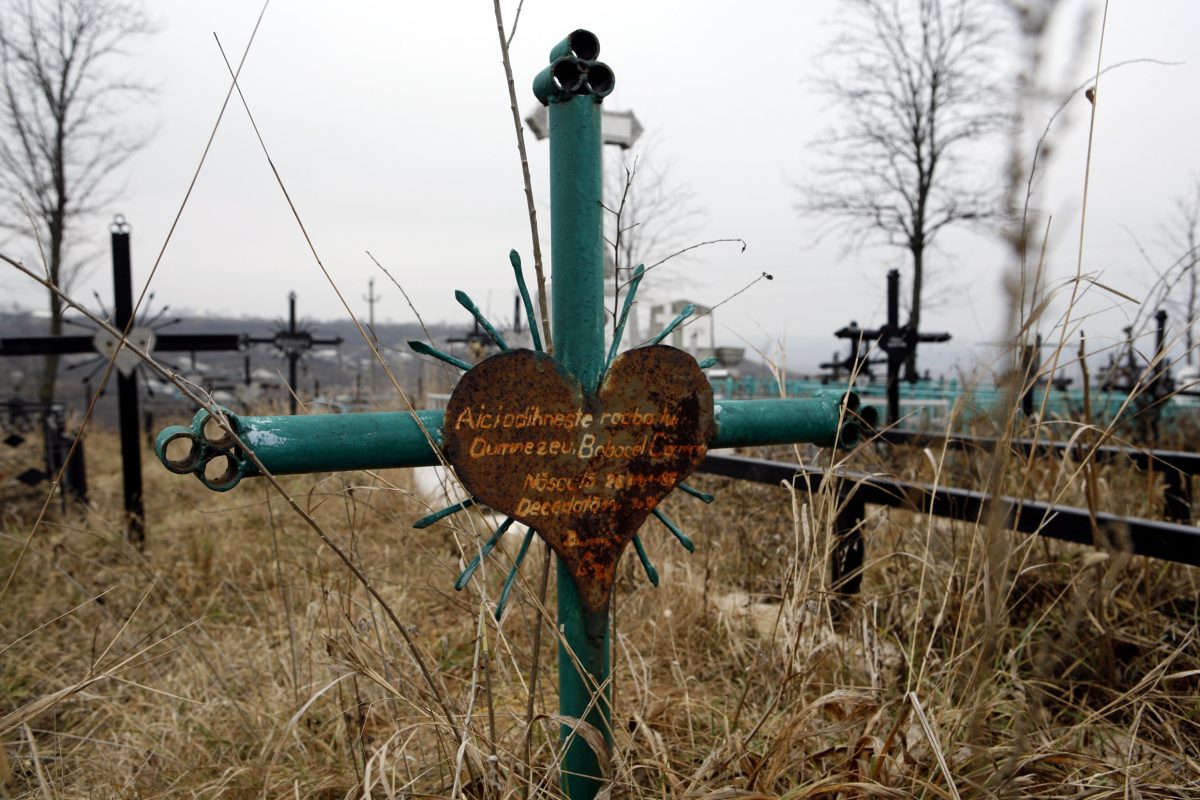
La tombe de Carmen Bobocel au cimetière du village de Popricani, elle est décédée de négligences médicales à l’hôpital de Iasi en 1996, à 11 ans.
Tombe de Carmen, morte de négligences médicales en 1996.
Carmen’s grave. She died of medical negligence in 1996.
Popricani, 2009
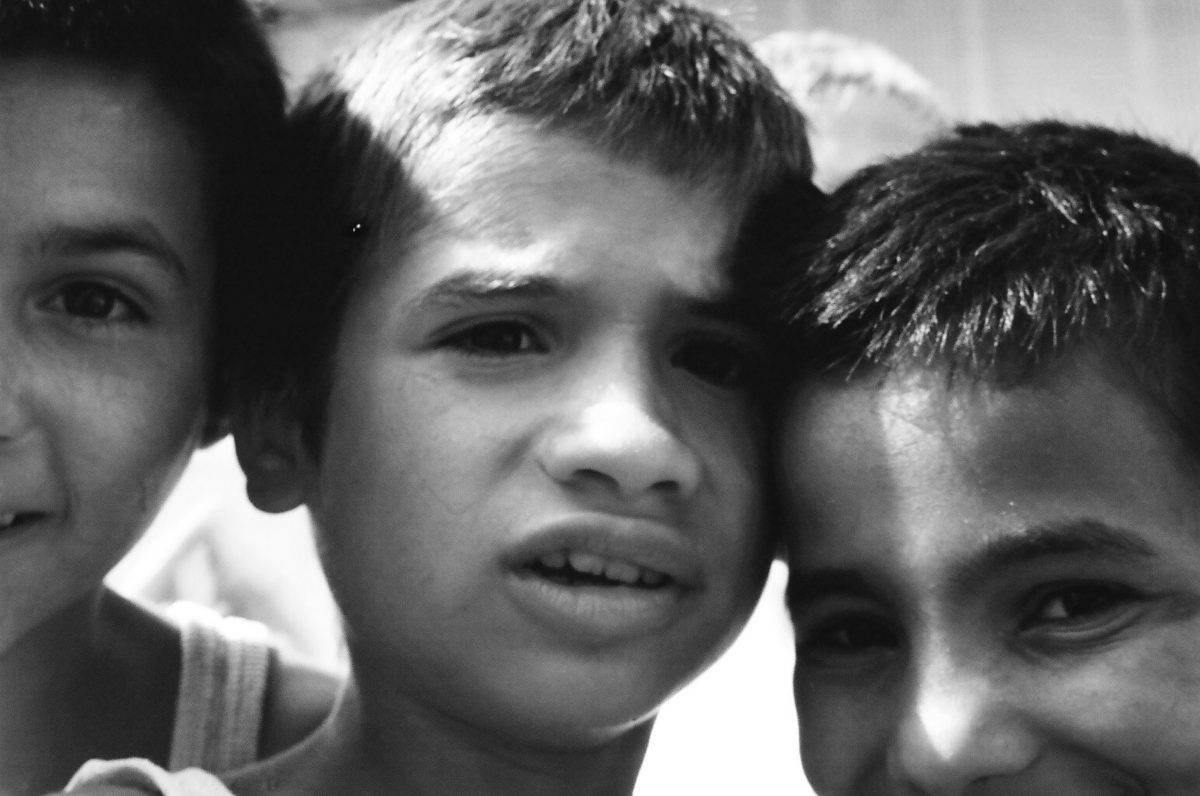
Dragos Caldararu (au centre / in the middle)
Casa de copii, Popricani, 1993

Au monastère de Sihia, Dragos est un moine orthodoxe.
At the monastery of Sihia. Dragos is an orthodox monk.
Sihia, 2011
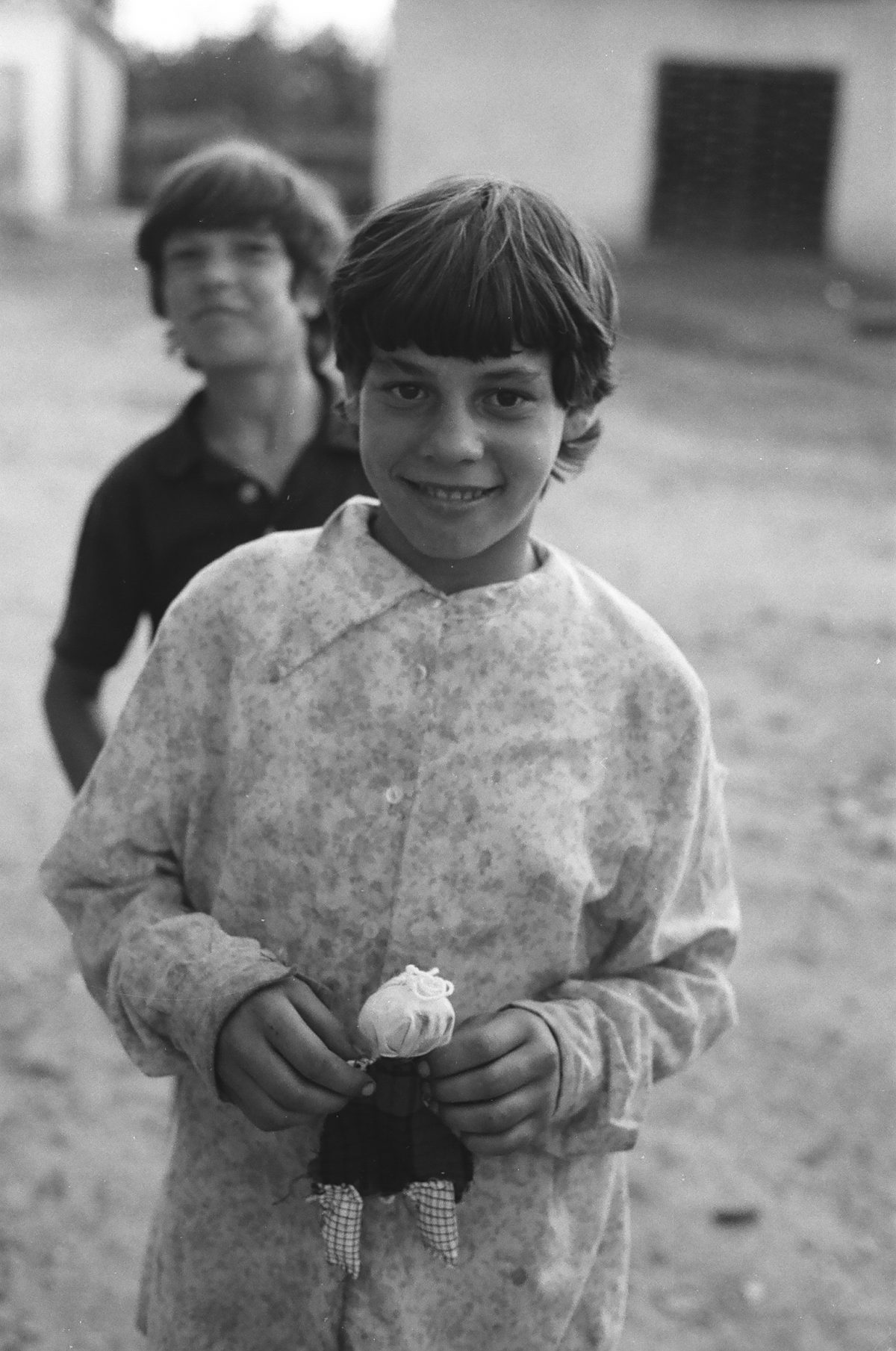
Liliana Condrea, Casa de copii, Popricani, 1993
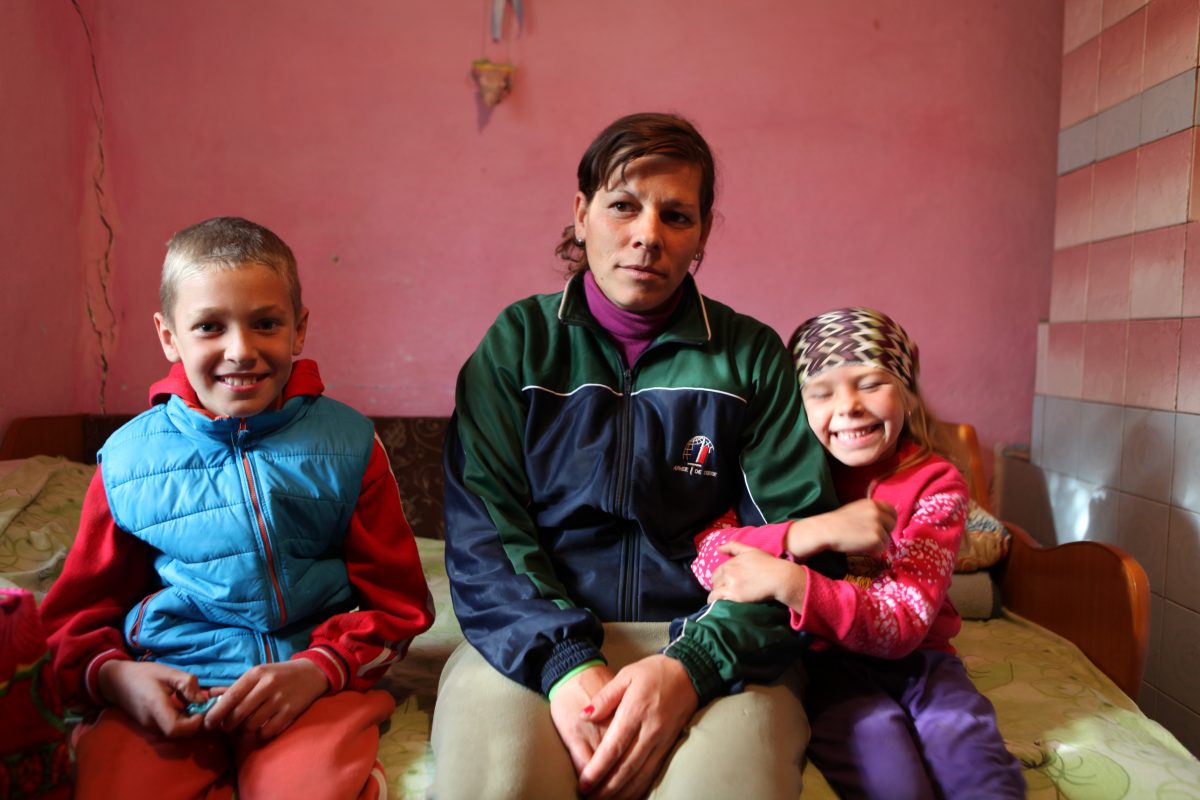
Avec deux de ses enfants, chez ses beaux-parents.
With two of her children at her in-laws’.
Popricani, 2014
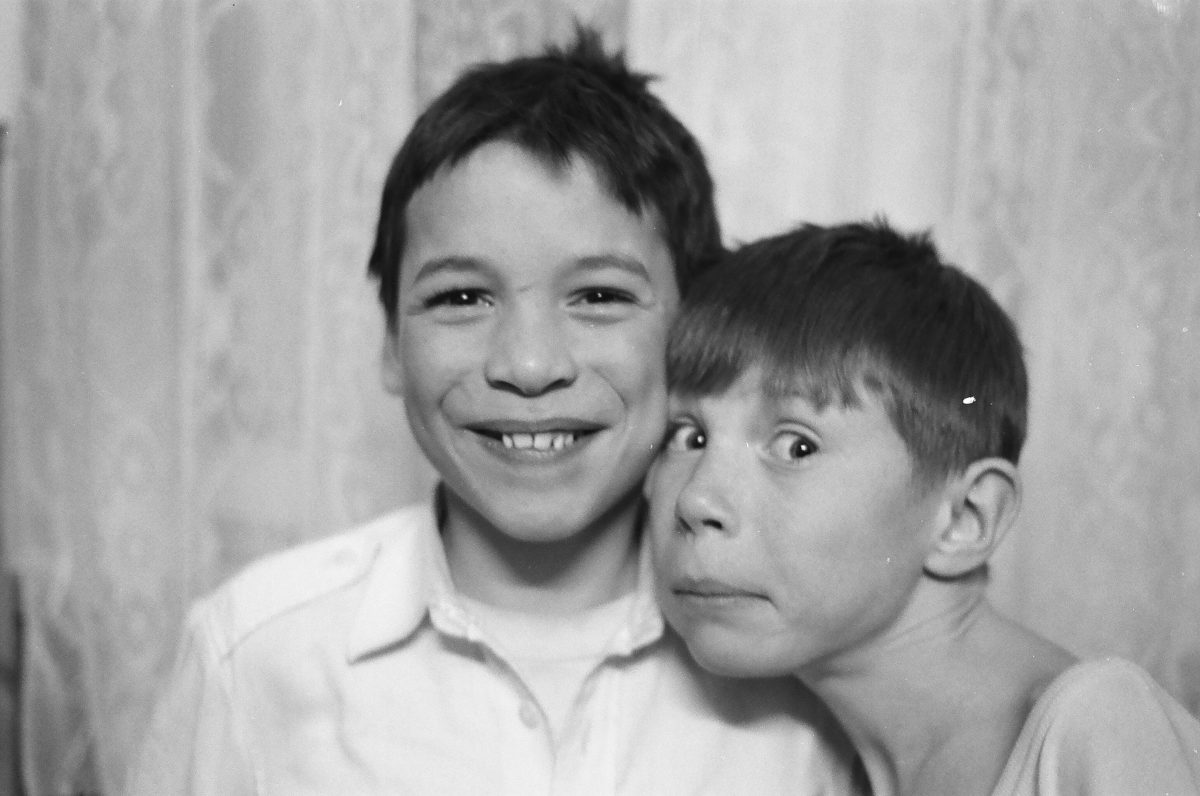
Nicusor Esanu
Casa de copii, Popricani, 1993
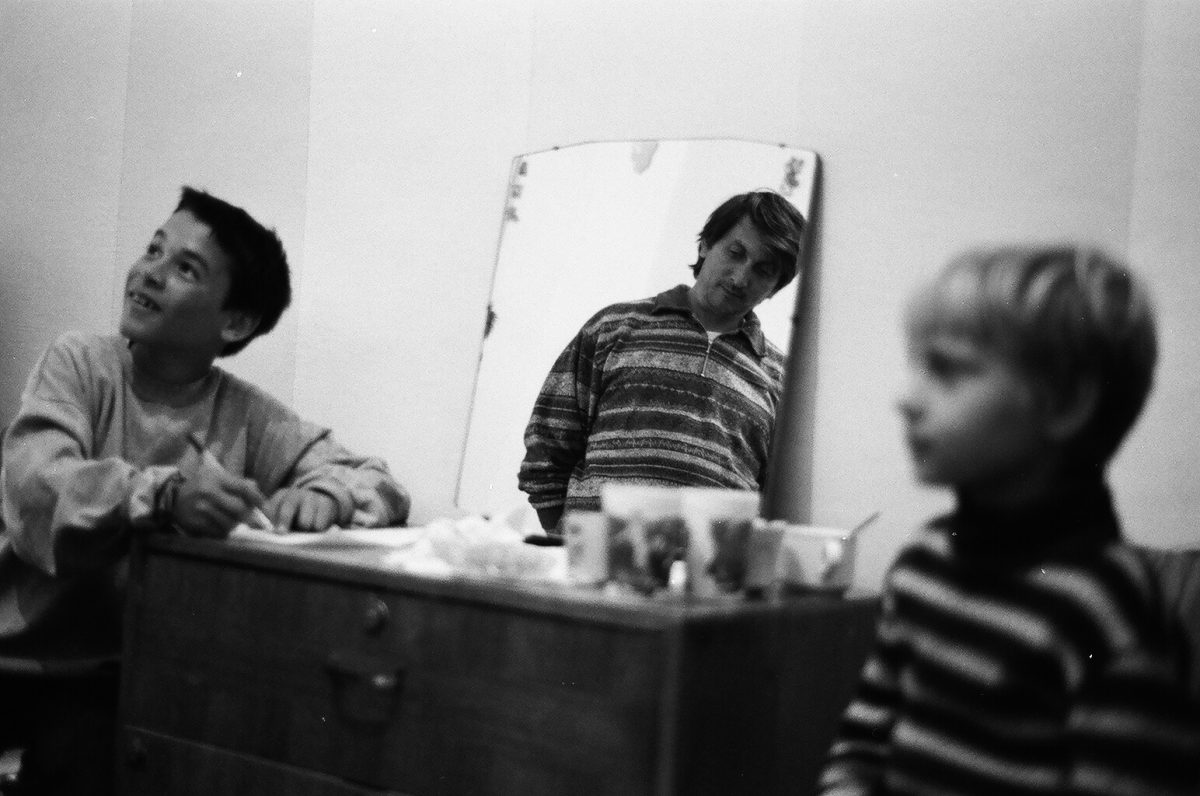
A gauche avec son éducateur Dan Palimaru.
On the left with his social worker
Dan Palimaru.
Popricani, 1994
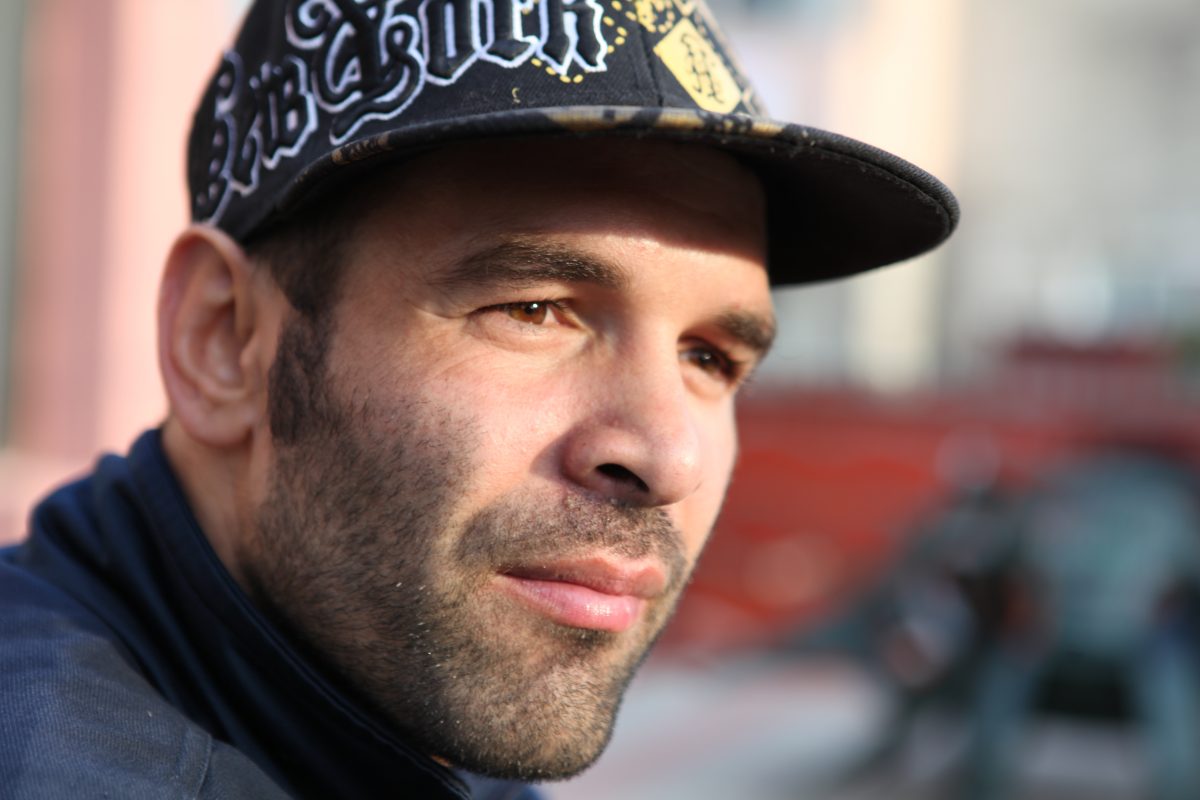
Près de Iasi. Nicusor est devenu boulanger.
Near Iasi. Nicusor works as a baker.
Iasi, 2014
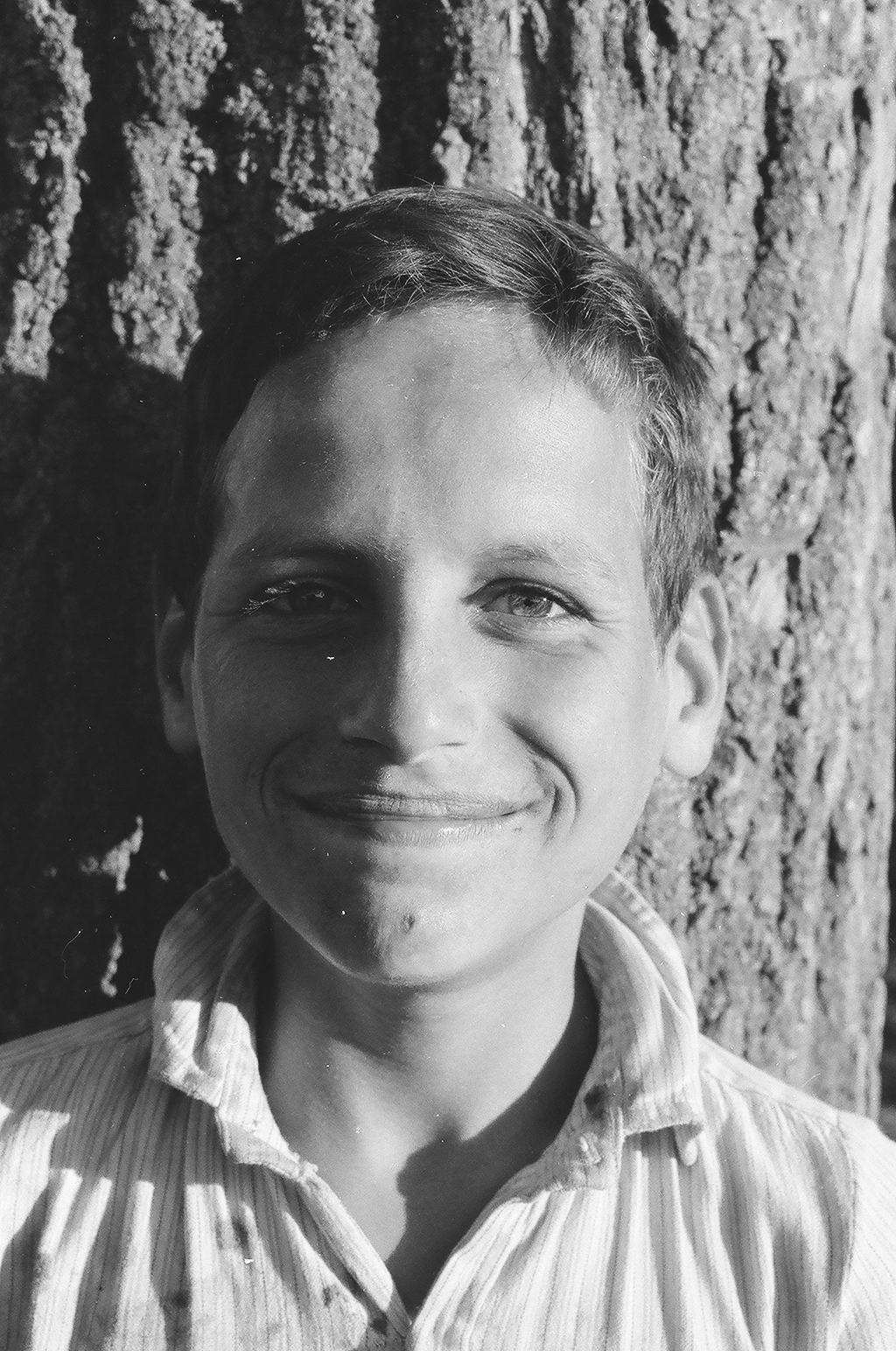
Constantin Urzica, Casa de Copii, Popricani, 1993
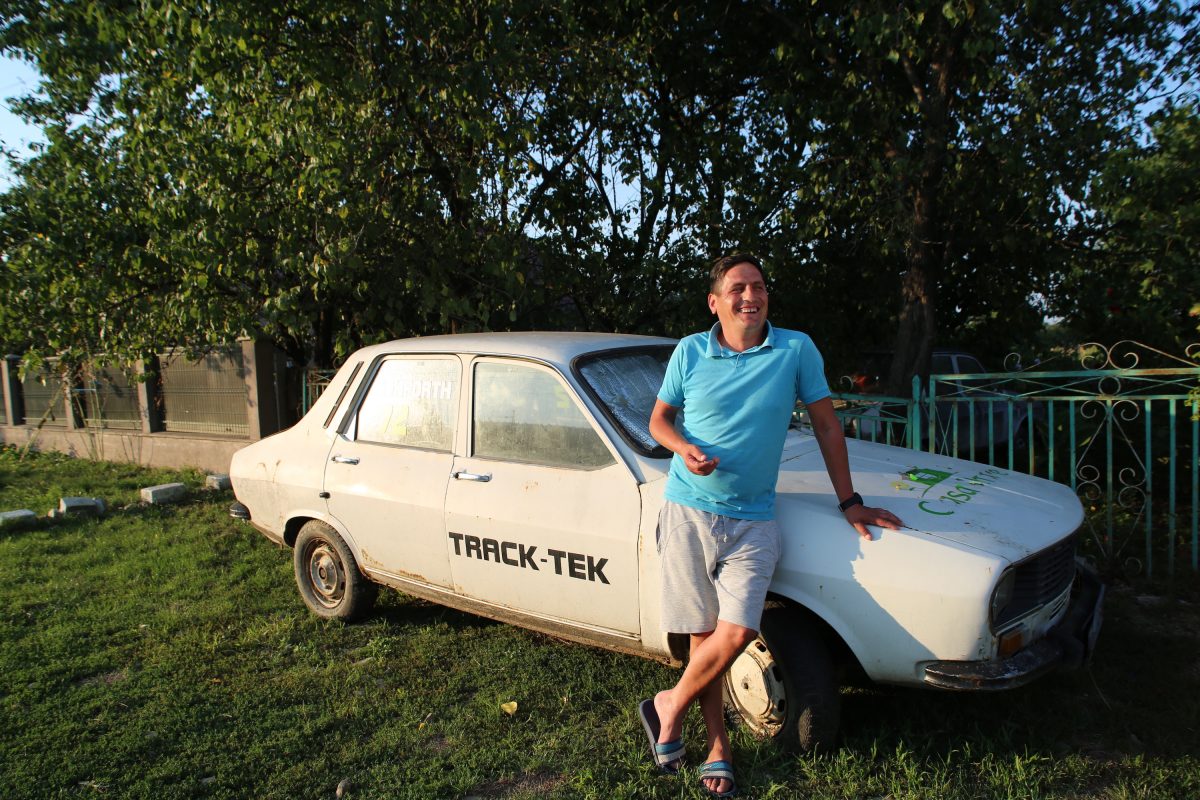
Devant la maison où il vit. Constantin travaille toujours dans le bâtiment.
In front of the house where he lives. Constantin still works in construction.
Popricani, 2019
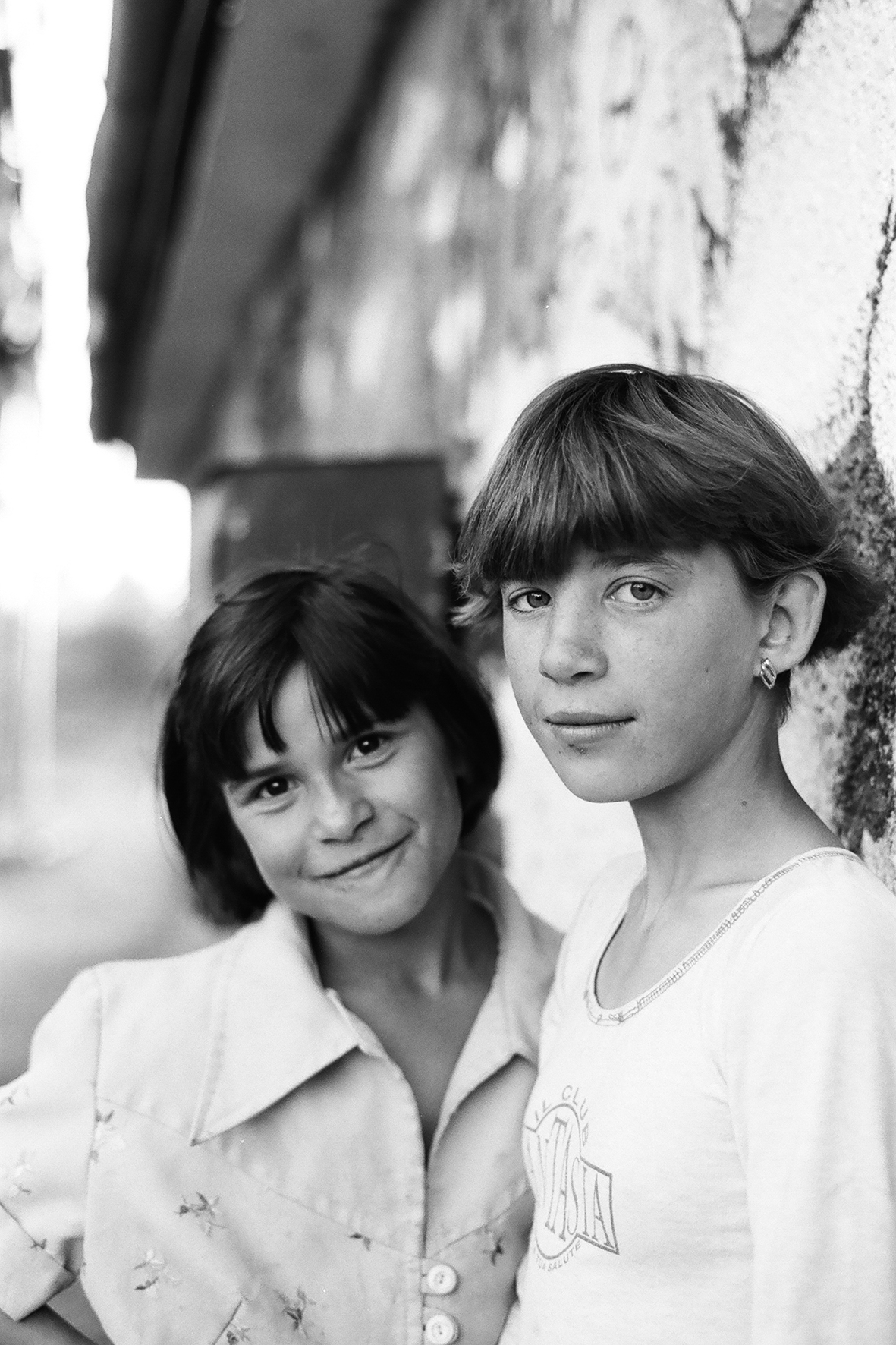
Daniela Hostic (à droite) avec son amie Alexandra Stoica
Daniela Hostic (right) with her friend Alexandra Stoica
Casa de copii Popricani, 1997

Daniela Hostic in October 2008 in the building she lives now. She shares a room with 3 other friends. She is now 26 and works as a stitcher in a clothes factory

Florin Botoc (en bas / bottom)
Casa de copii, Popricani, 1993

Florin – Popricani, 2014

Gheorghita Axinta (à droite/right)
Casa de copii, Popricani, 1995

Au bar de Popricani. Gheorghita vit de petits métiers sur les marchés à Iasi.
At Popricani’s bar. Gheorghita makes his living from casual jobs on markets in Iasi.
Popricani, 2019
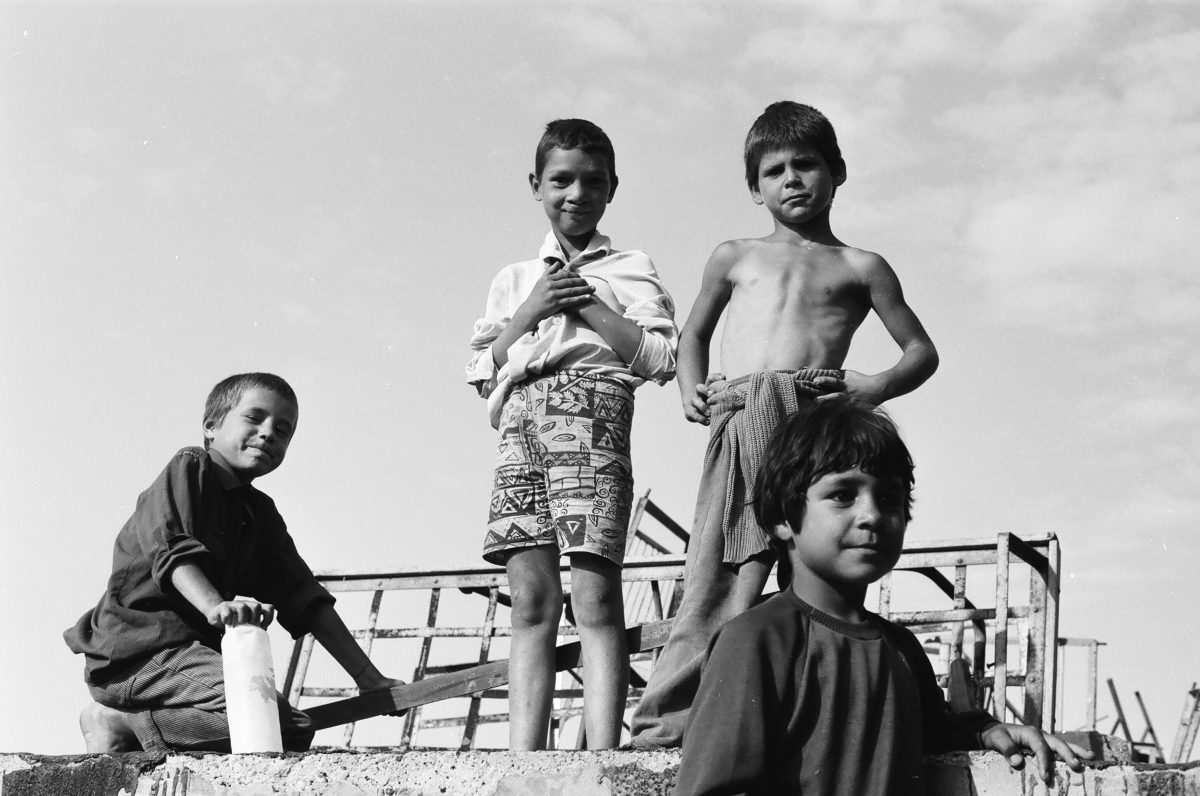
Mihaela Capra (deuxième en partant de la gauche / second from the left)
Casa de copii, Popricani, 1993
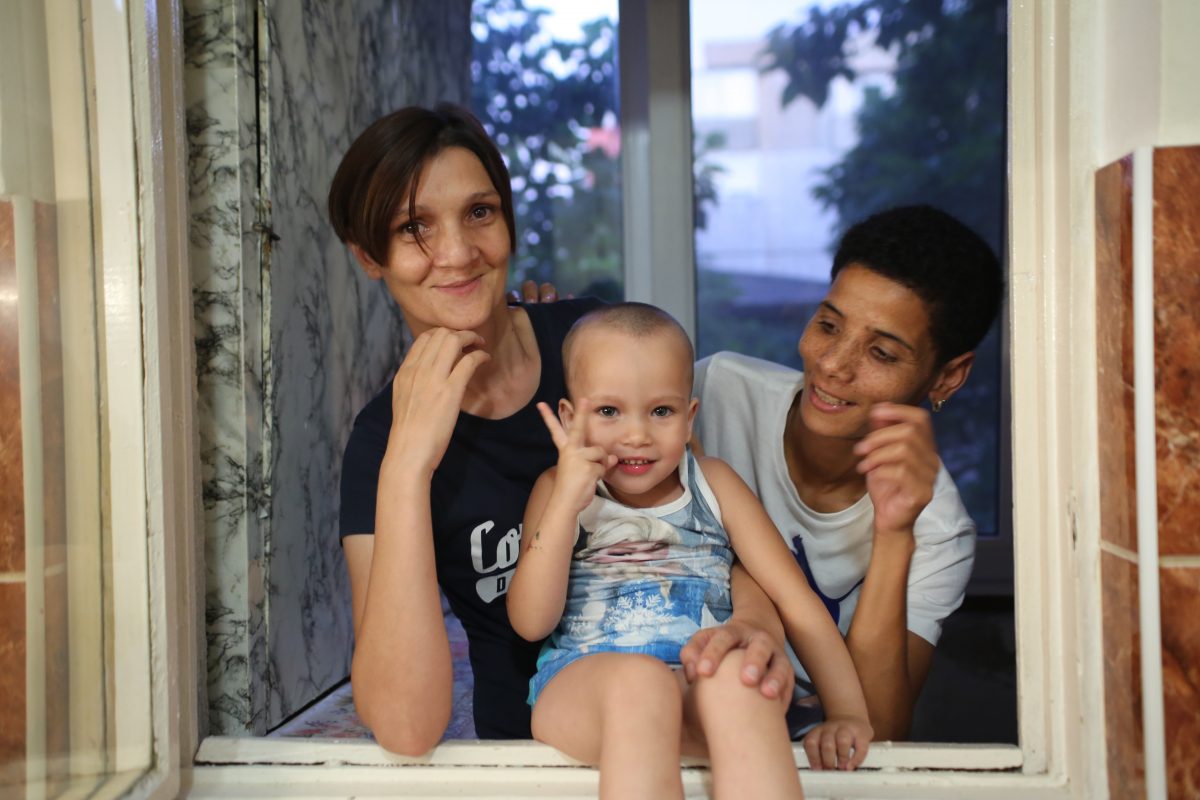
Dans son appartement avec sa fille et une amie. Mihaela est femme au foyer.
In her flat with her daughter and a friend. Mihaela is a housewife.
Iasi, 2019
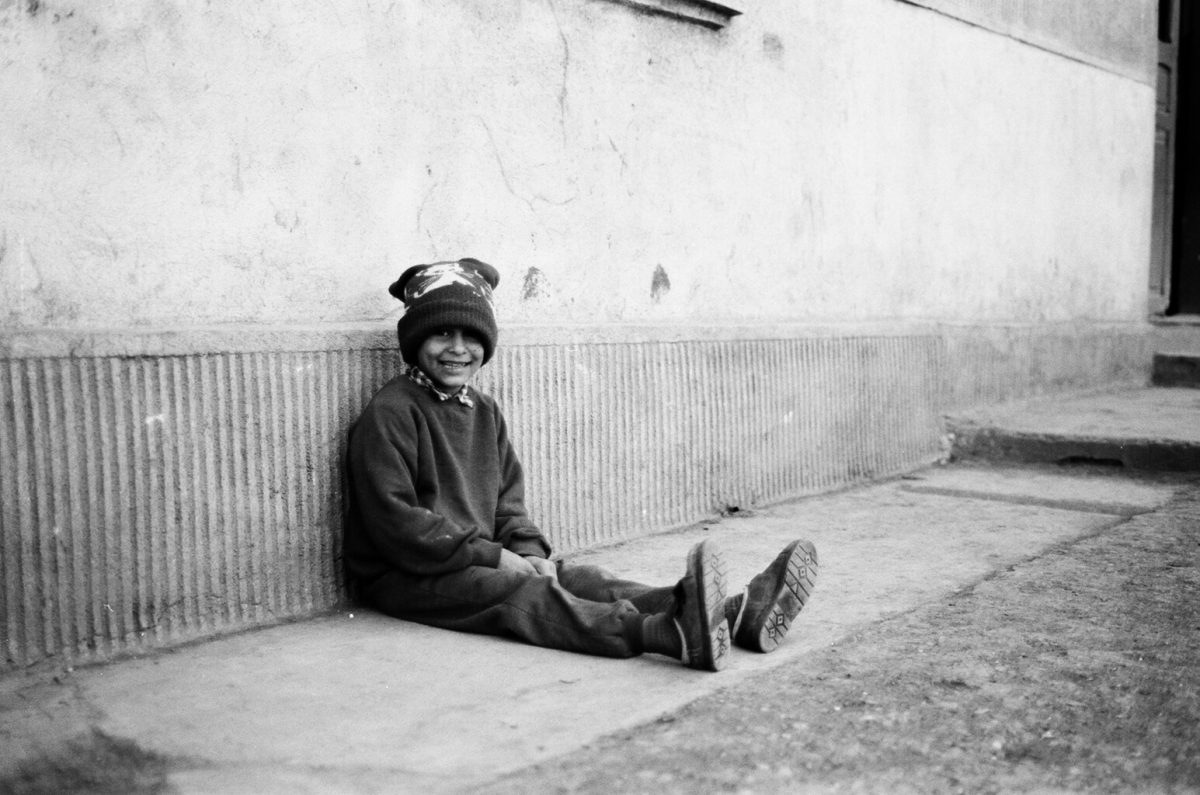
Remus Stanica, Casa de copii, Popricani, 1995

Dans son appartement. Remus est devenu cuisinier.
In his flat. Remus is a chef.
Iasi, 2019
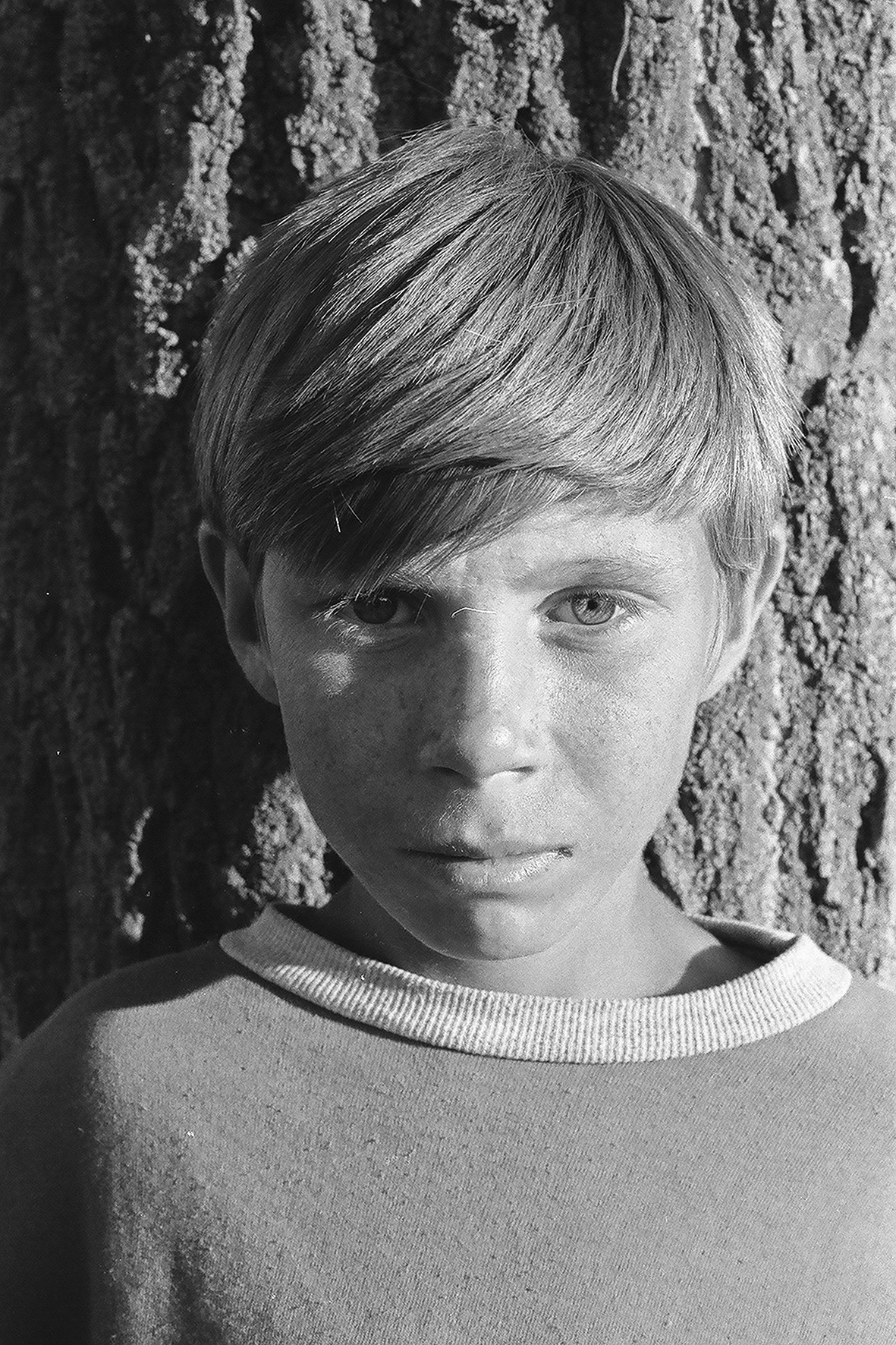
Daniel Hostic, Casa de copii, Popricani, 1994
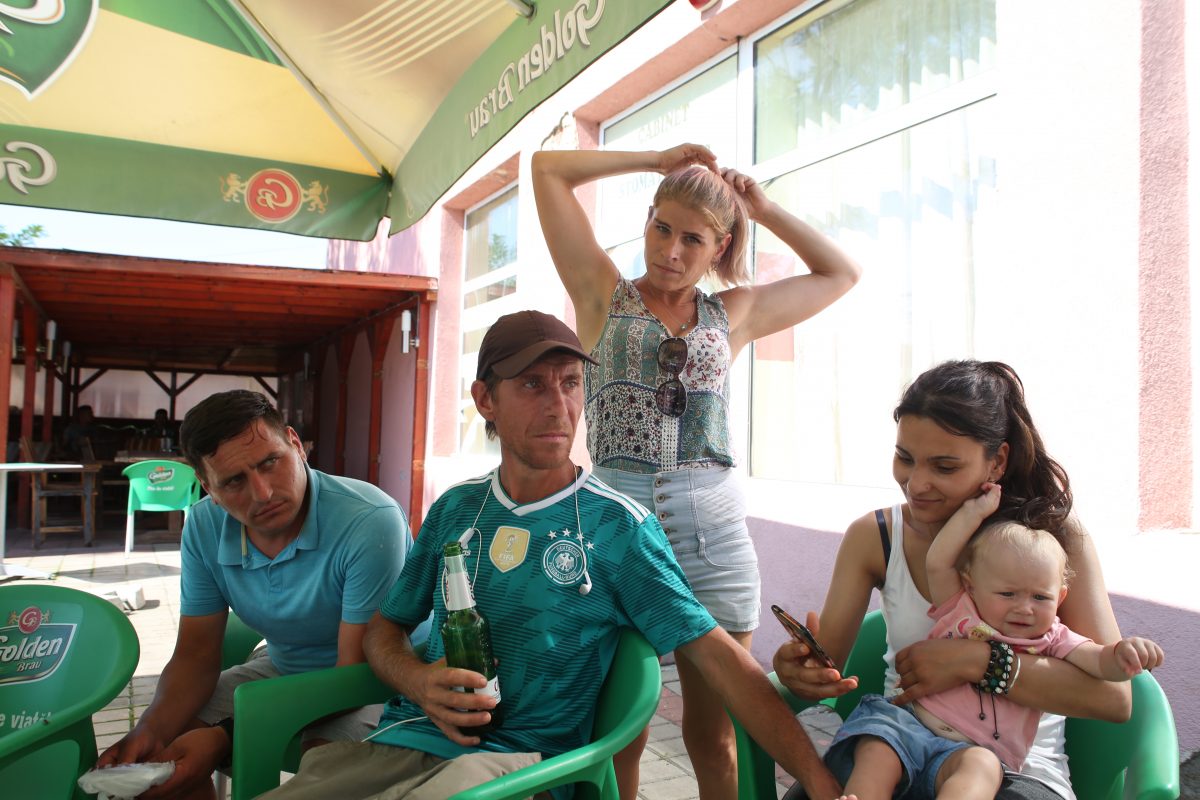
Au bar du village avec des anciens de la casa de copii. Daniel travaille toujours comme homme à tout faire.
At the village bar with friends from the casa de copii. Daniel still works as a handyman.
Popricani, 2019
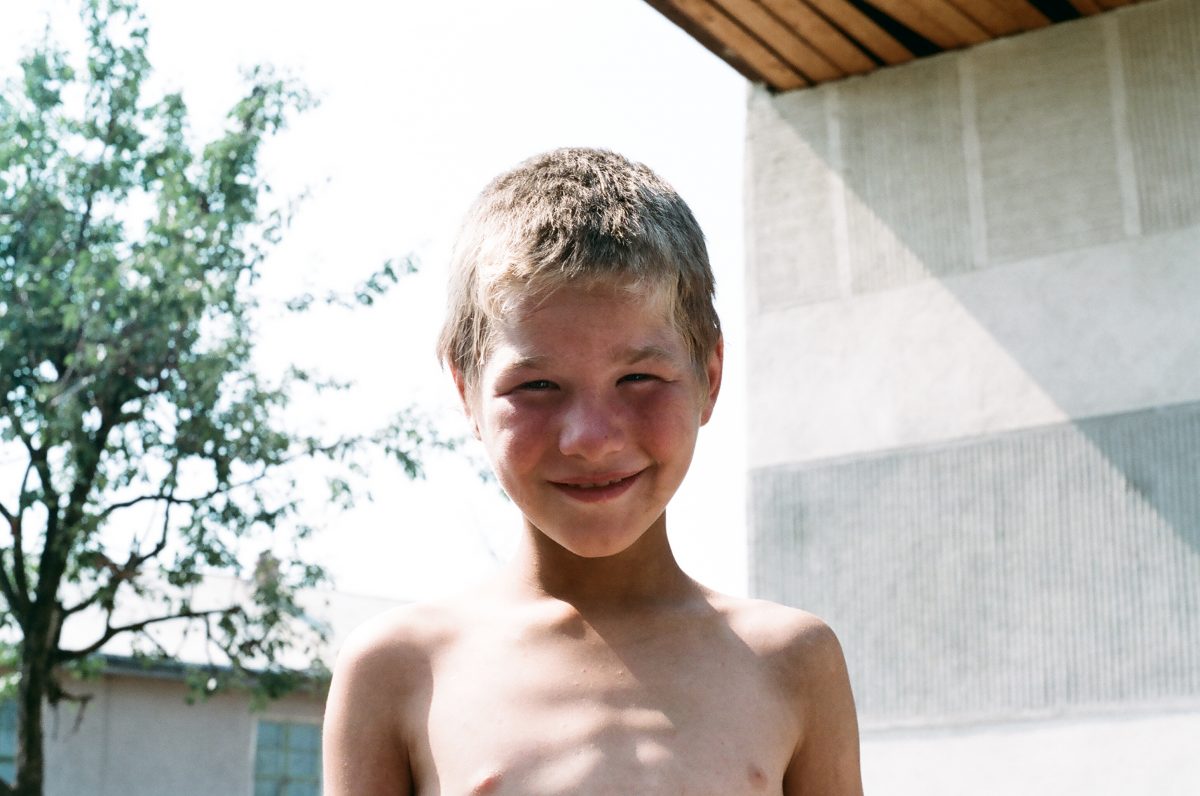
Mihai Gabriel, Casa de copii, Popricani, 1993

Avec sa fille et son épouse dans sa maison.
With his daughter and his wife at home.
Popricani, 2019
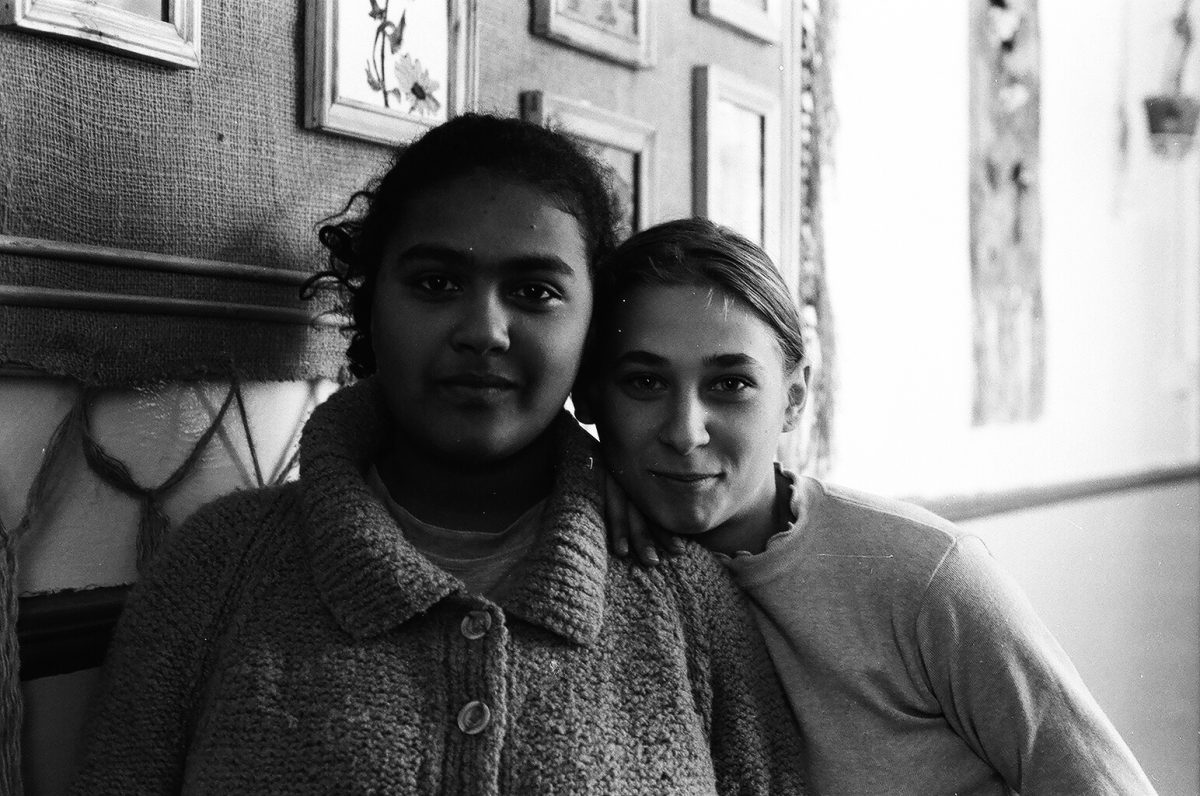
Mariana Darabana (à droite / right)
Casa de copii, Popricani, 1997
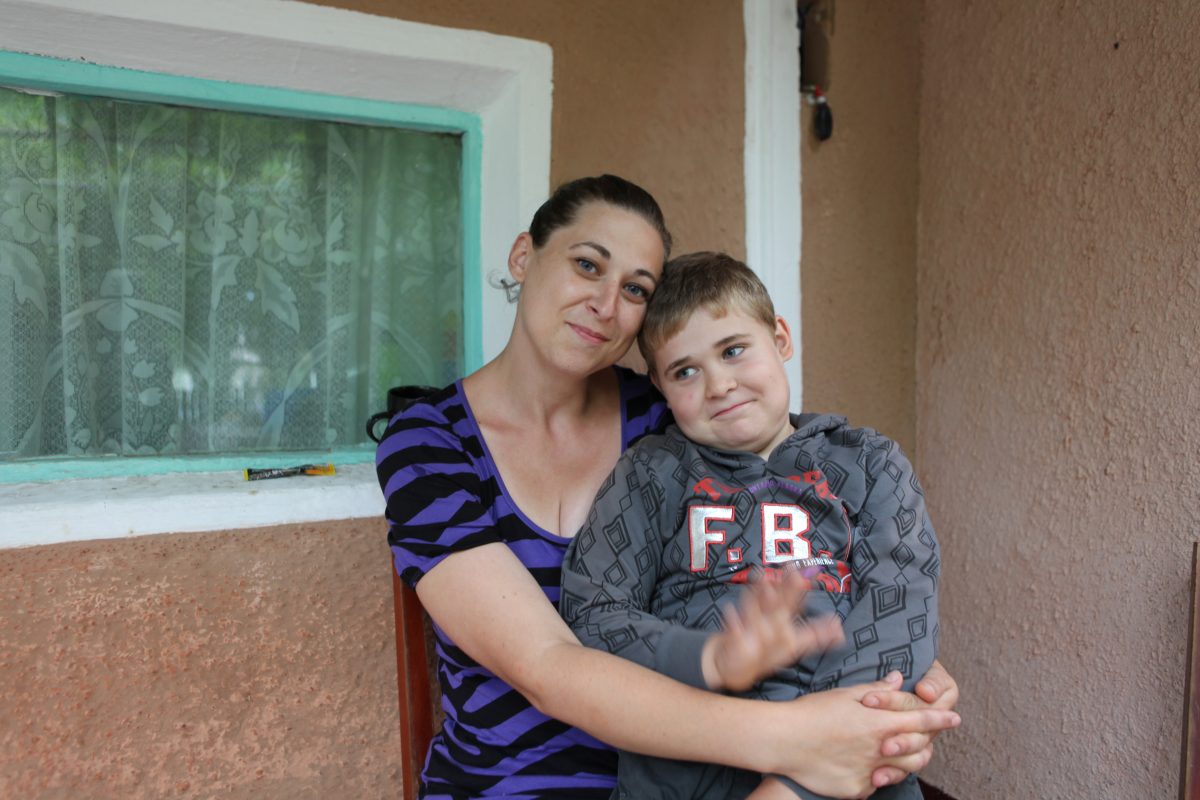
Avec son fils. Mariana (une des soeurs de Corina Darabana) est femme au foyer.
With her son. Mariana (one of Corina Darabana’s sisters) is a housewife.
Popricani, 2011
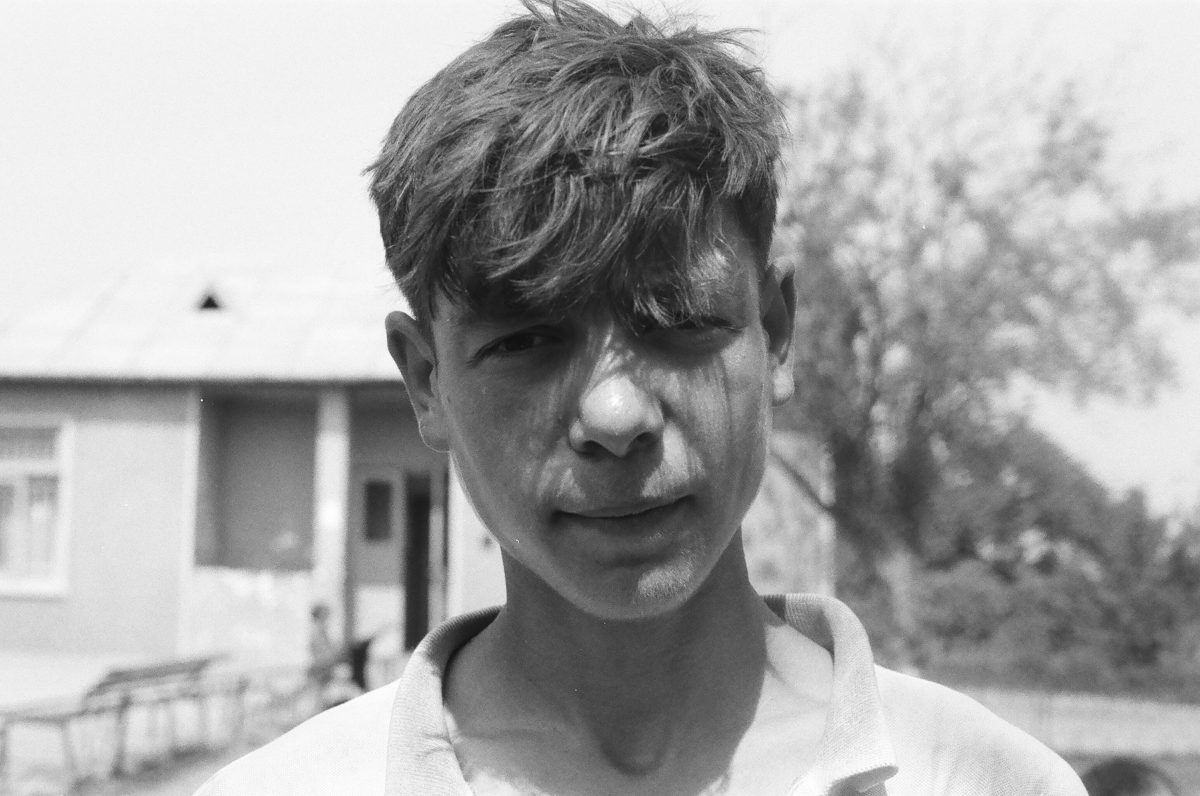
Gregoras Popricani, 1993
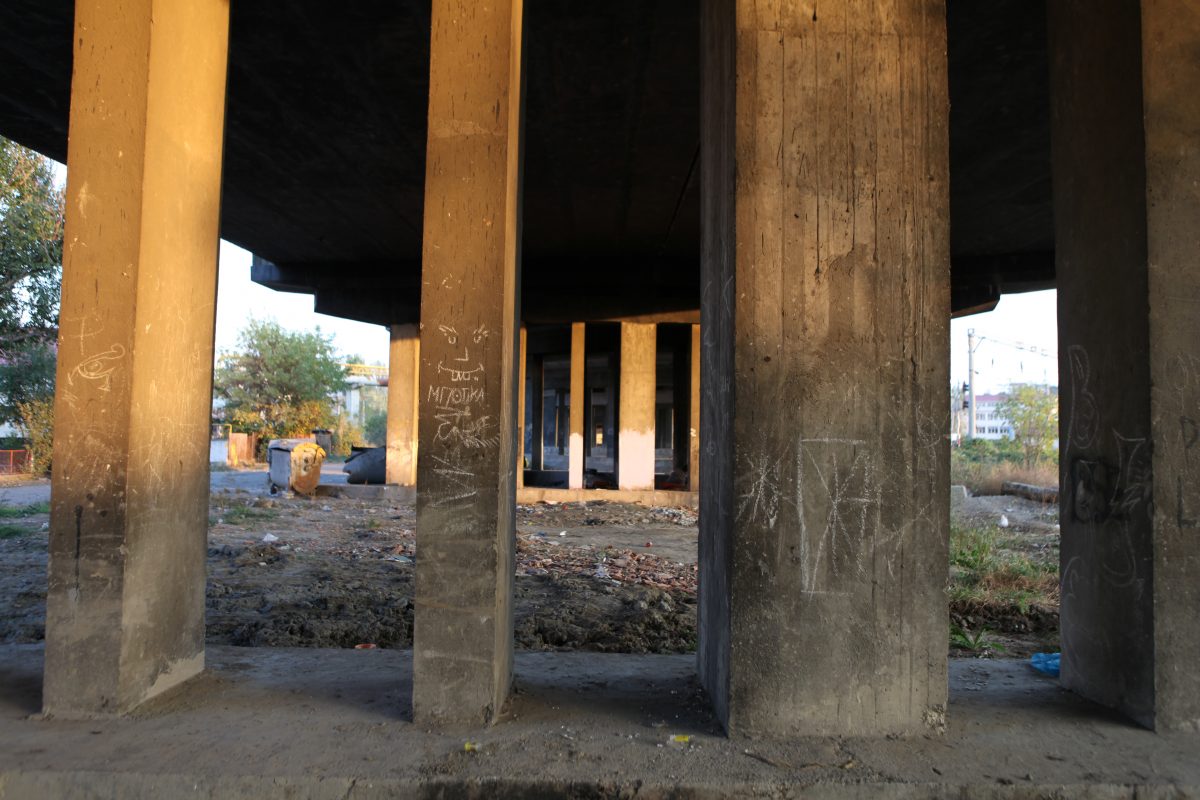
Le pont sous lequel on a retrouvé Gregoras mort après une querelle avec des sans-abris au début des années 2000.
Under the bridge where Gregoras was found dead after a fight with homeless people in the early 2000s.
Iasi, 2009
Lead image: George Stingaciu (Dodo) (à droite, pointant du doigt l’appareil photos) – George Stingaciu (Dodo) (right, pointing at the camera) – Casa de copii, Popricani, 1995
Buy Ceausescu’s Orphans, 30 Years Later
Would you like to support Flashbak?
Please consider making a donation to our site. We don't want to rely on ads to bring you the best of visual culture. You can also support us by signing up to our Mailing List. And you can also follow us on Facebook, Instagram and Twitter. For great art and culture delivered to your door, visit our shop.


